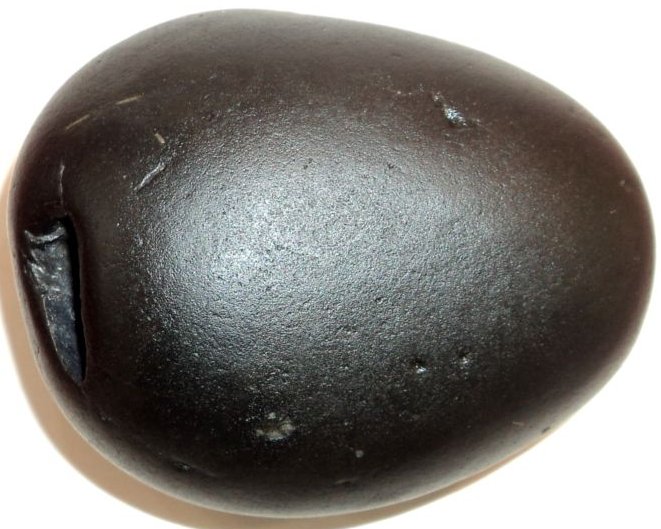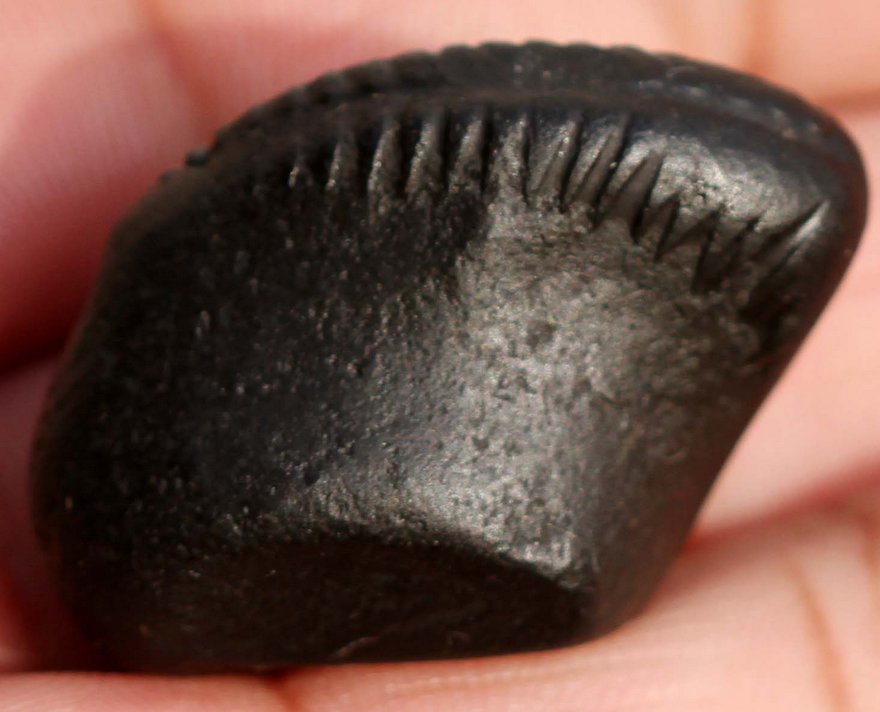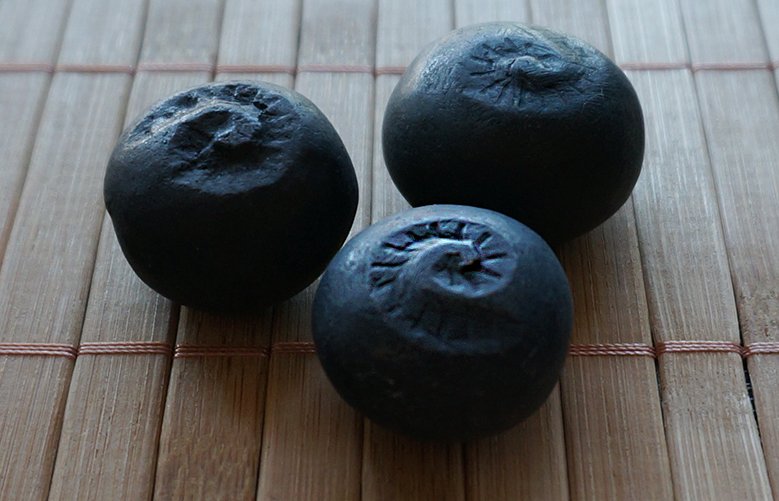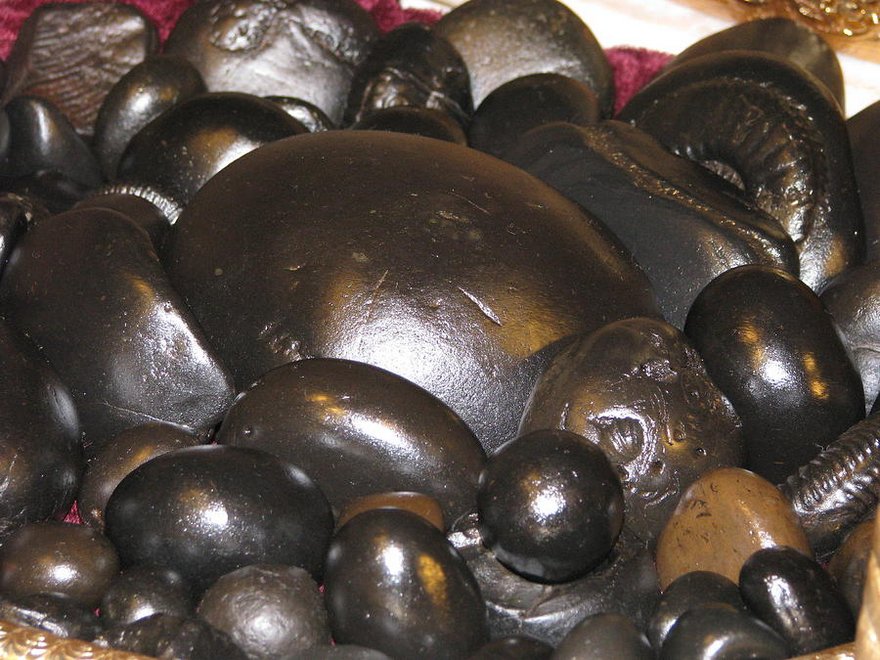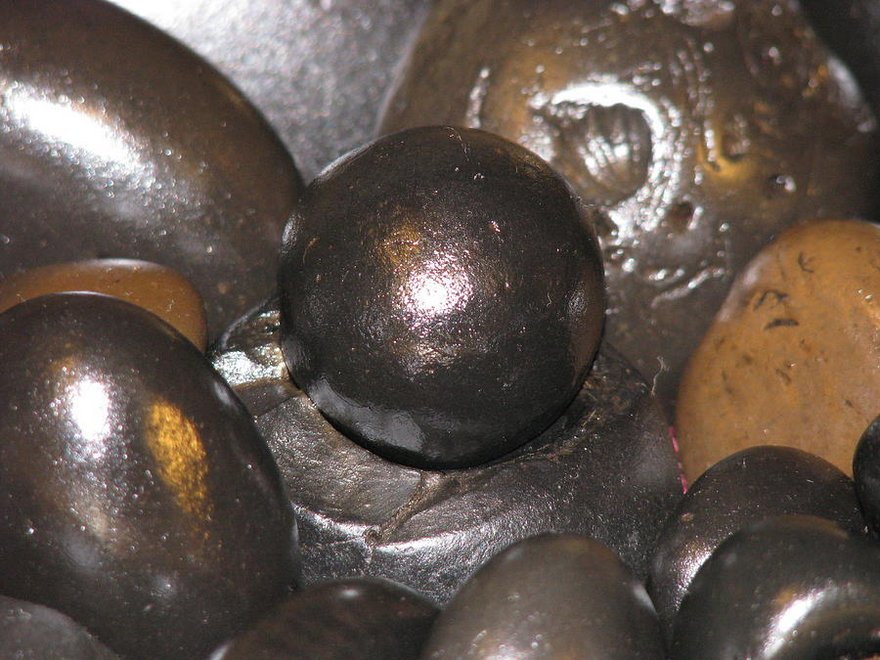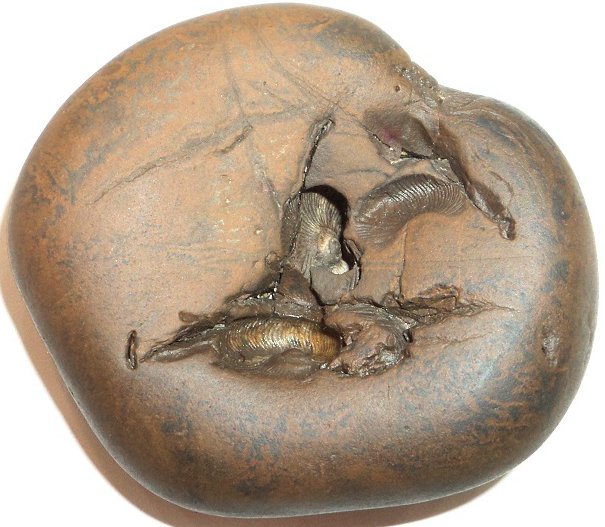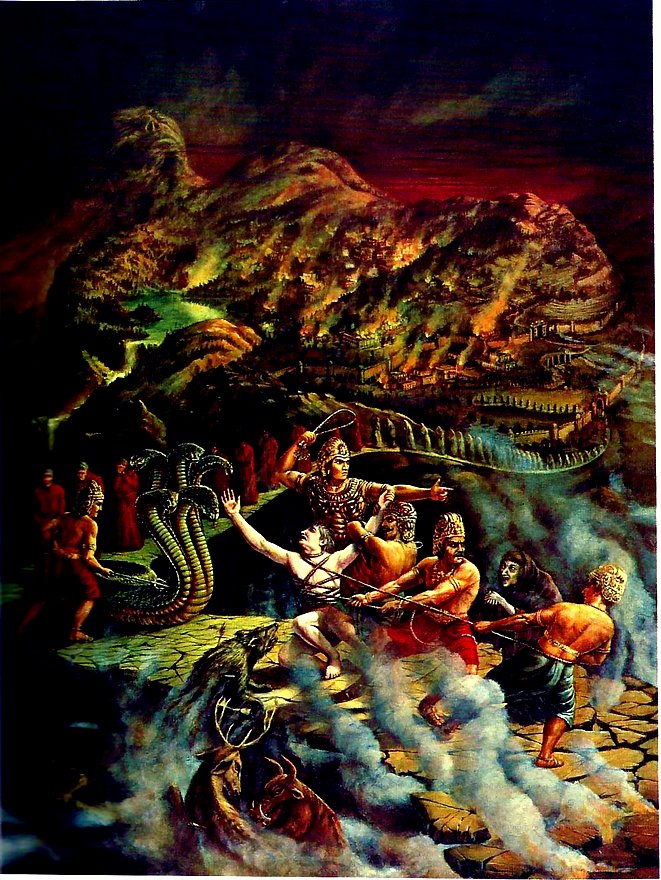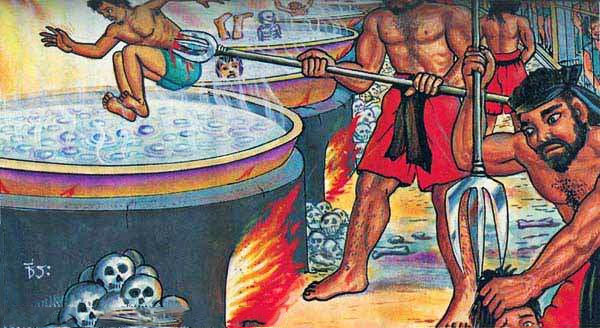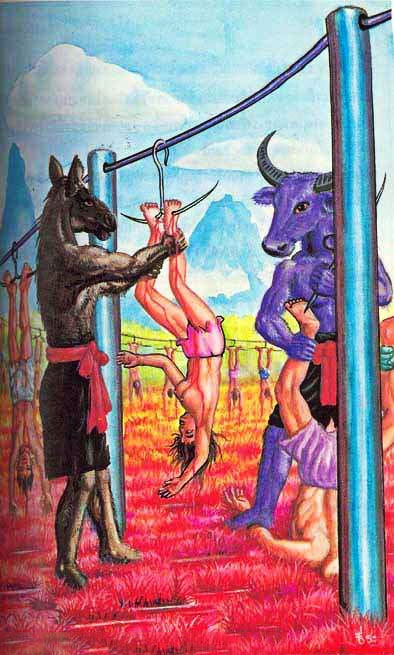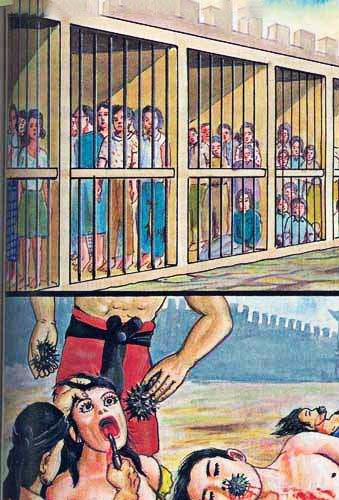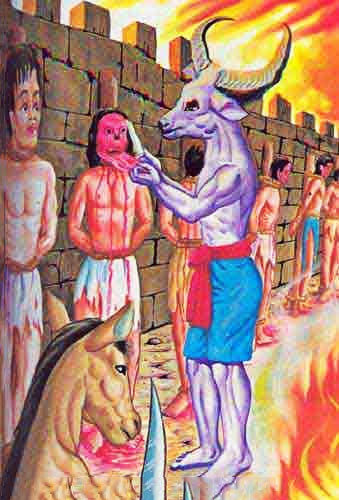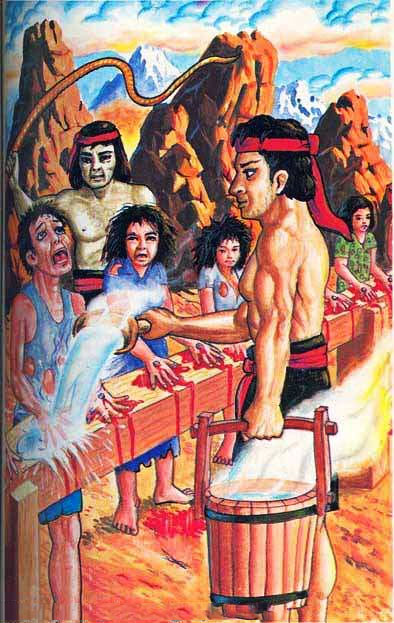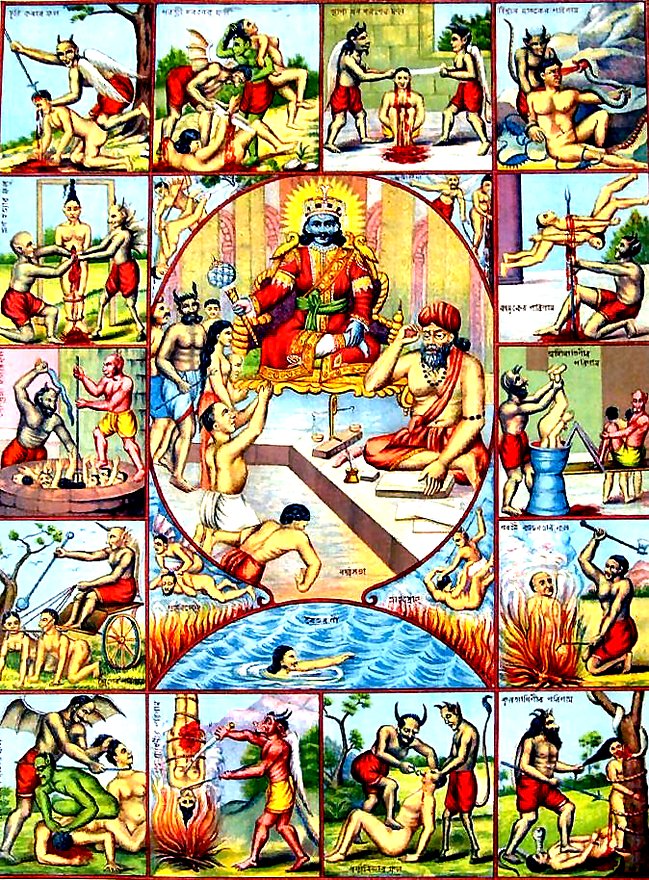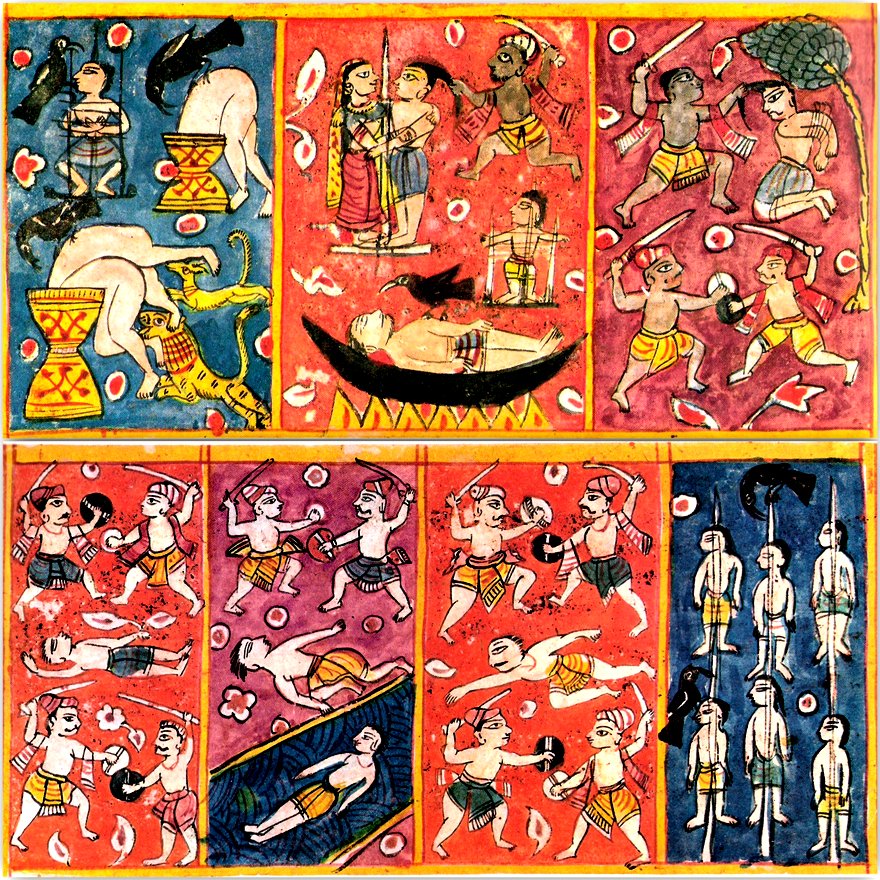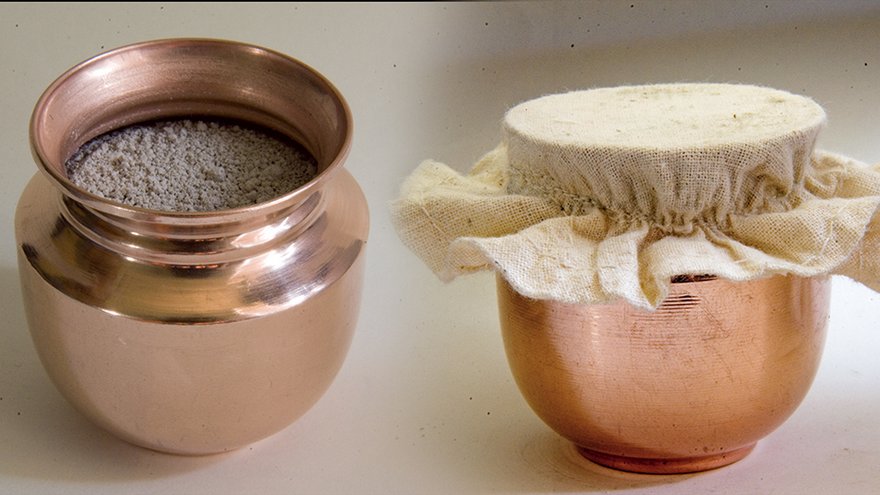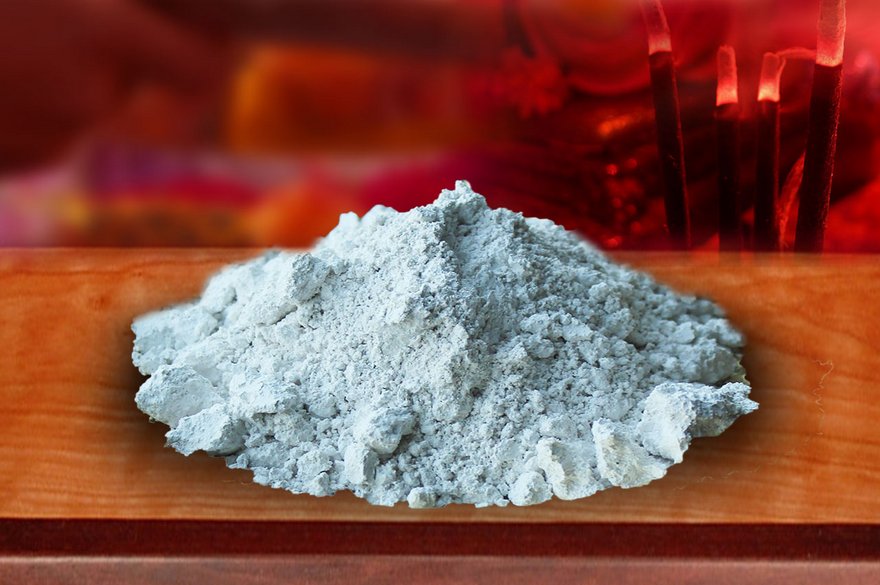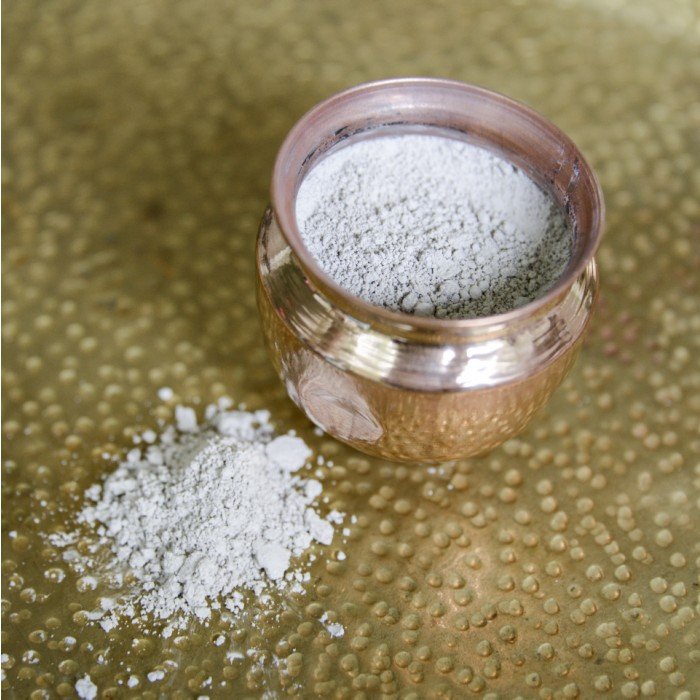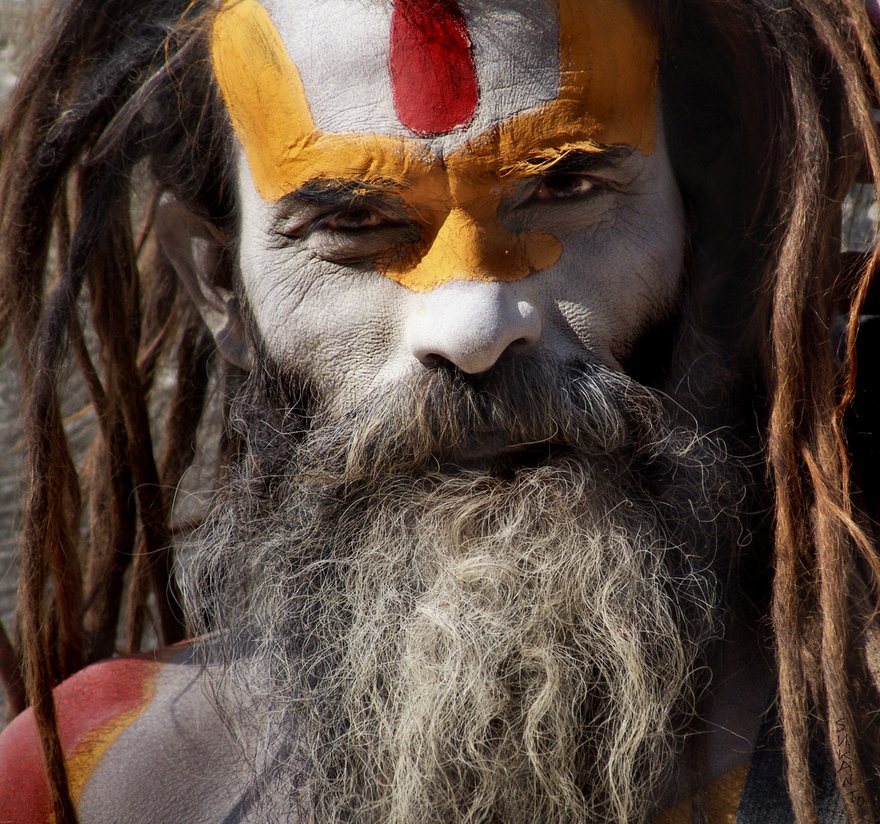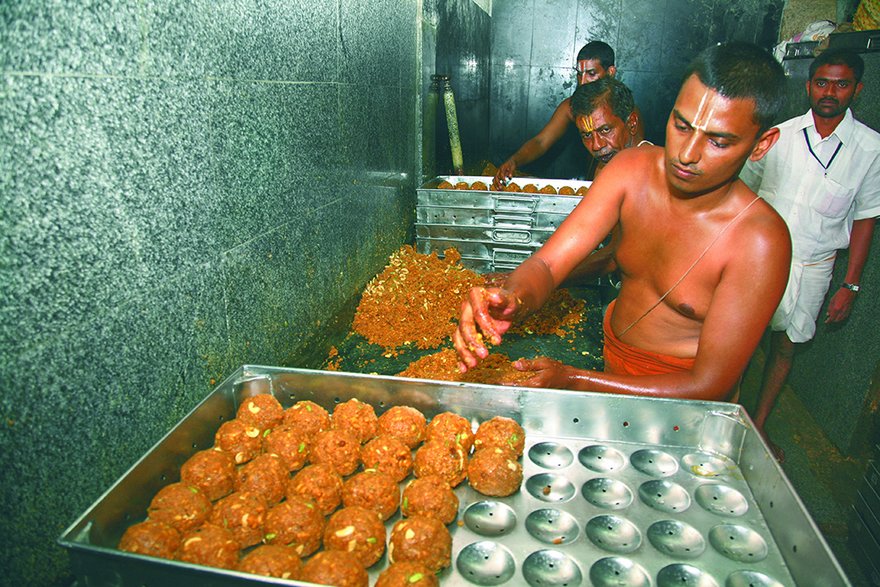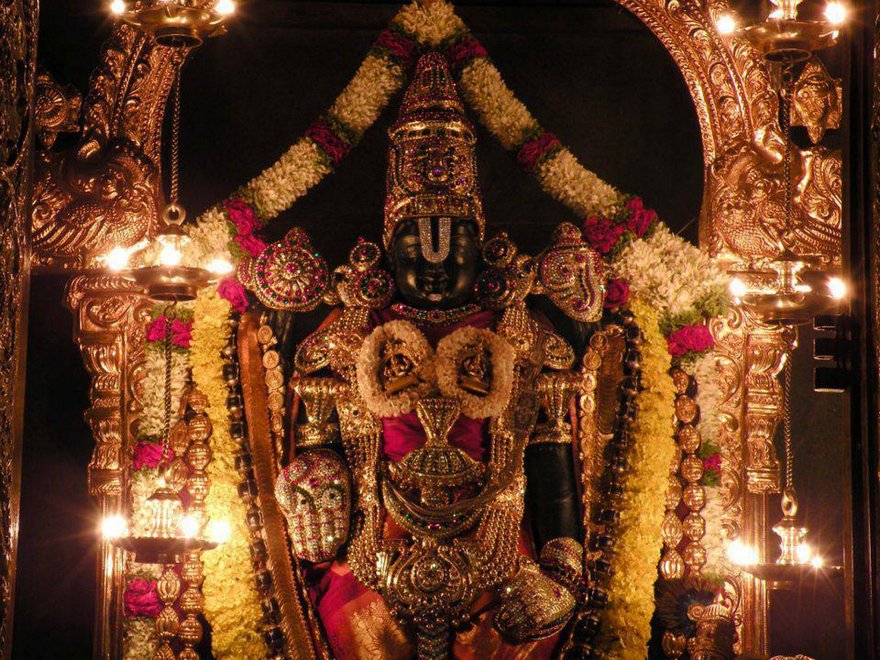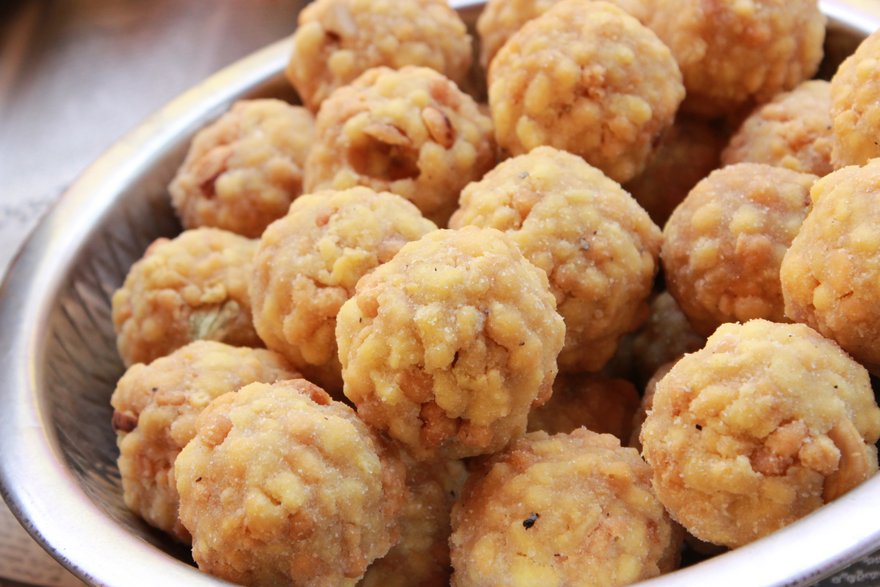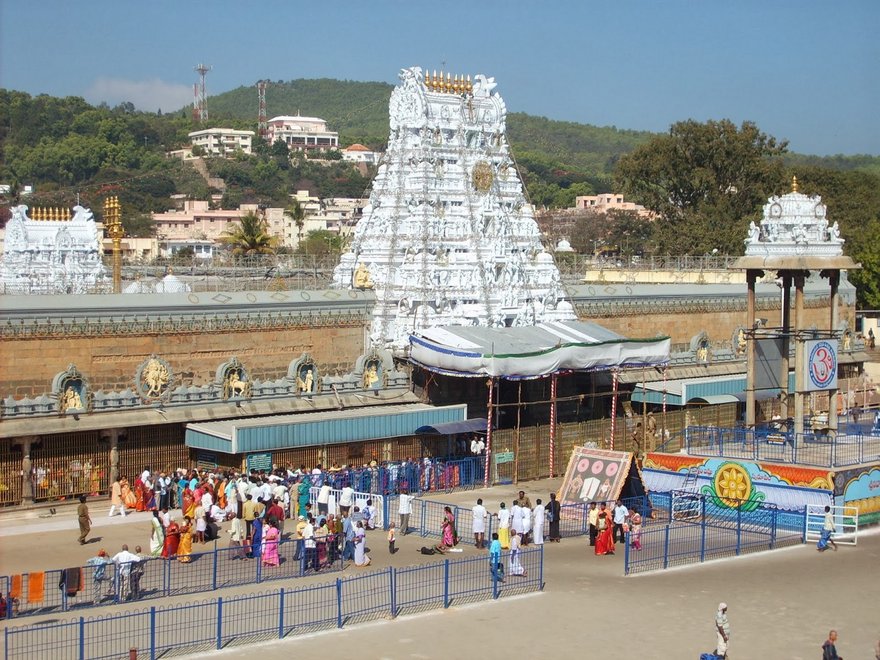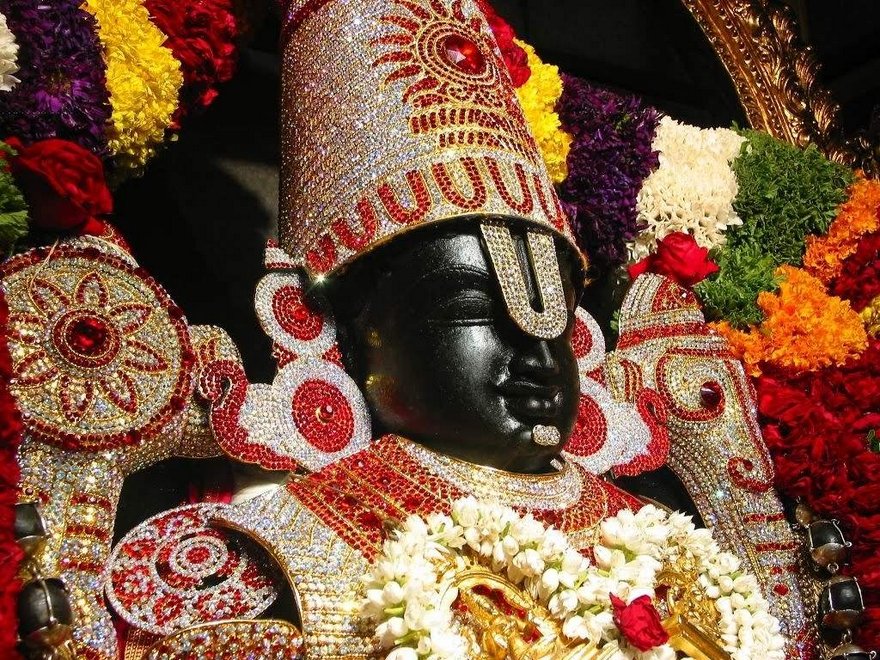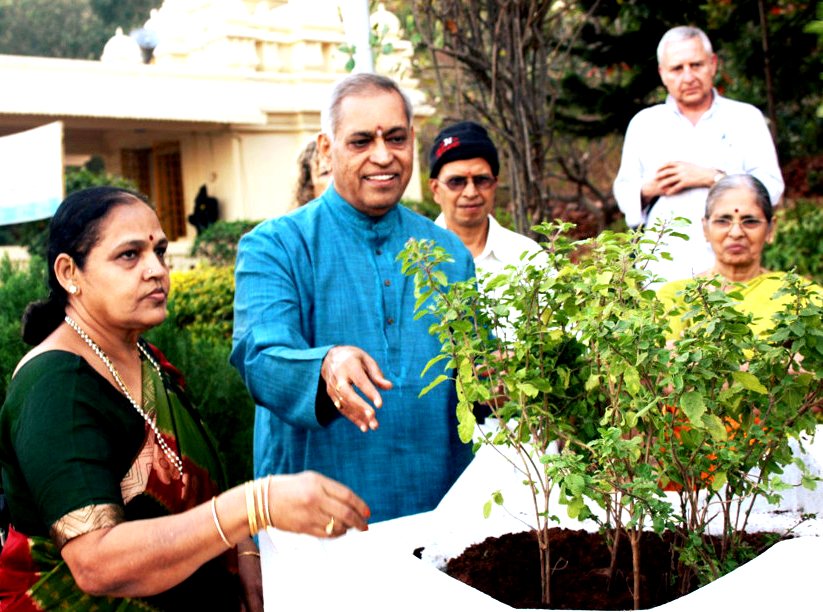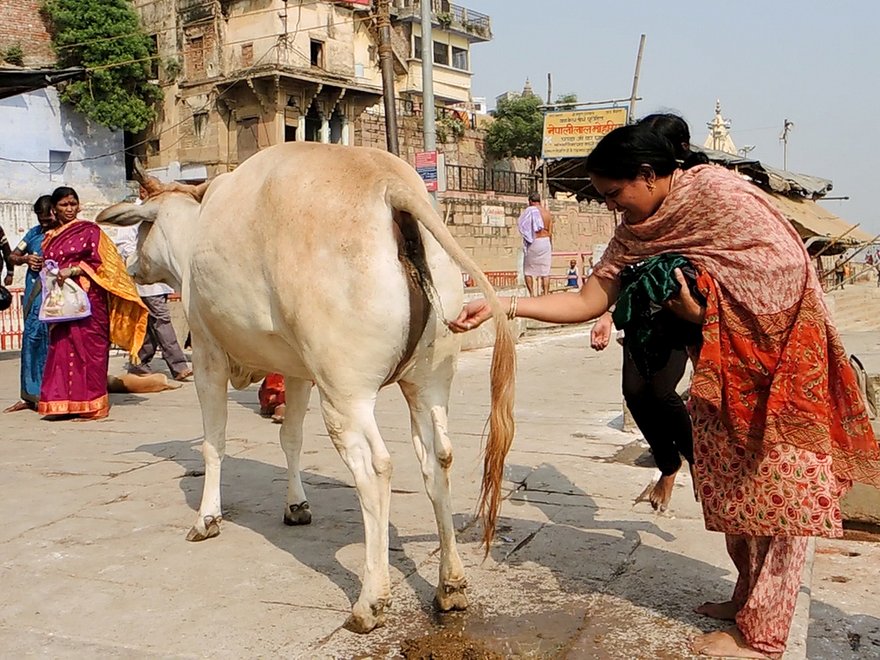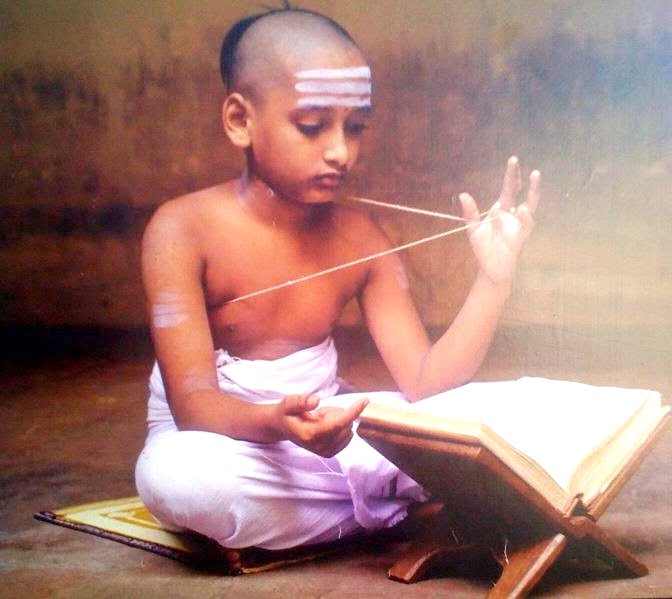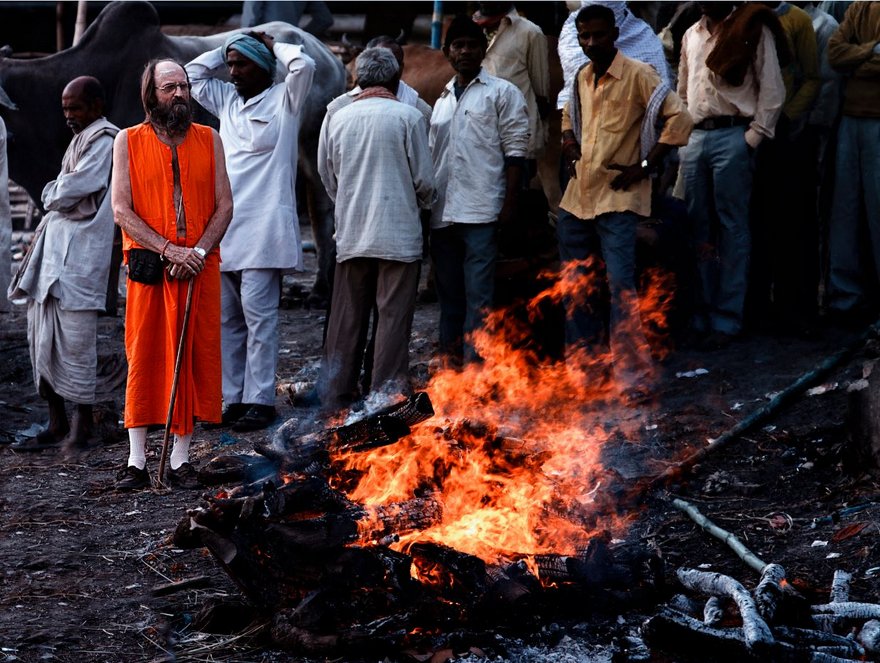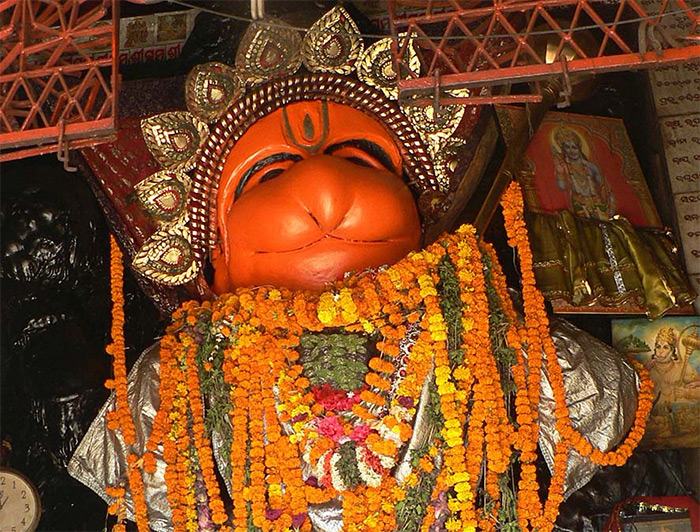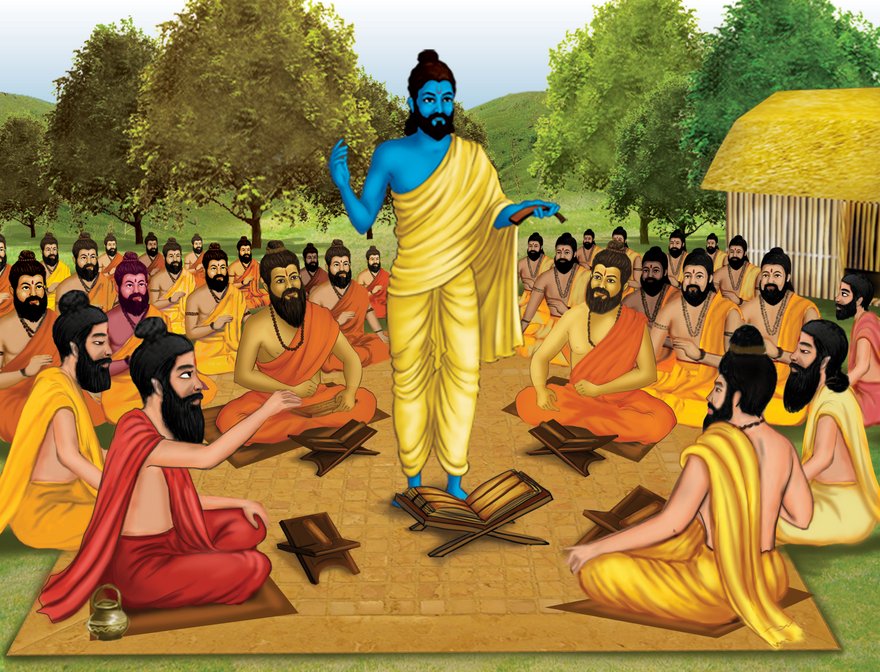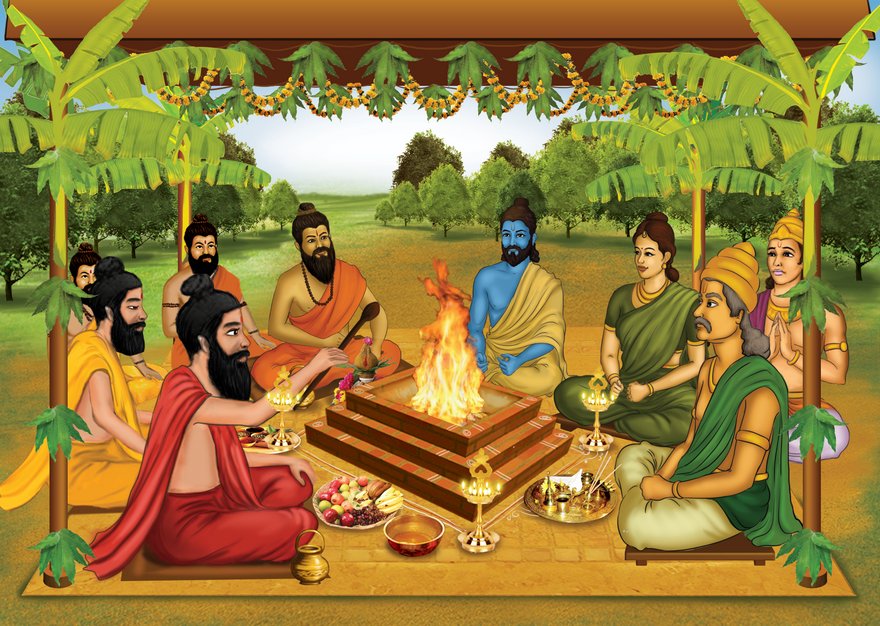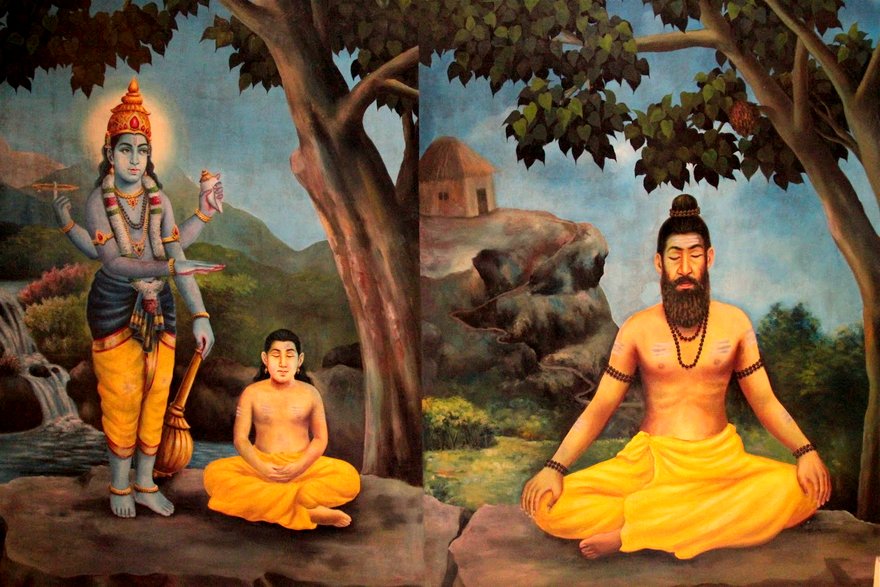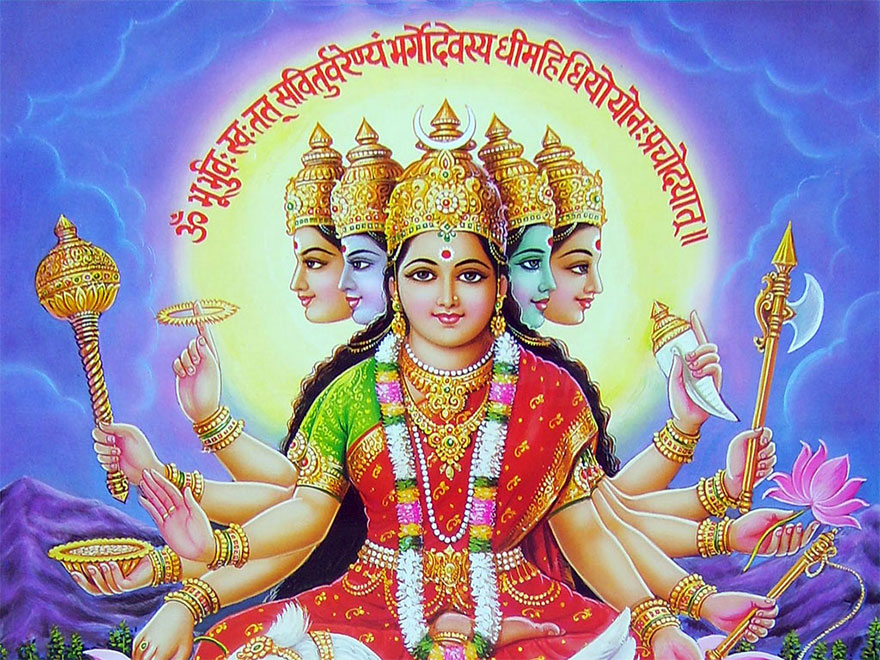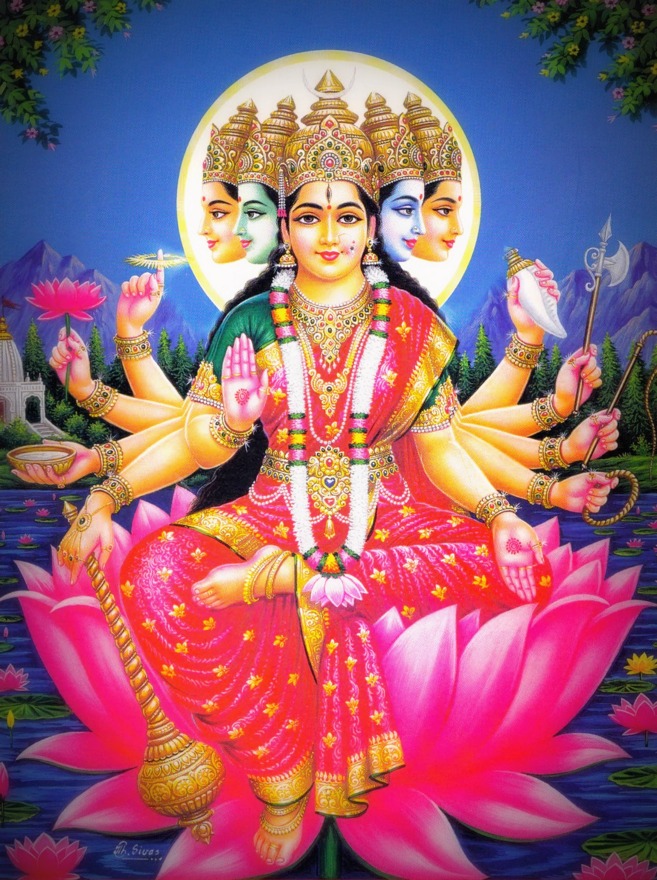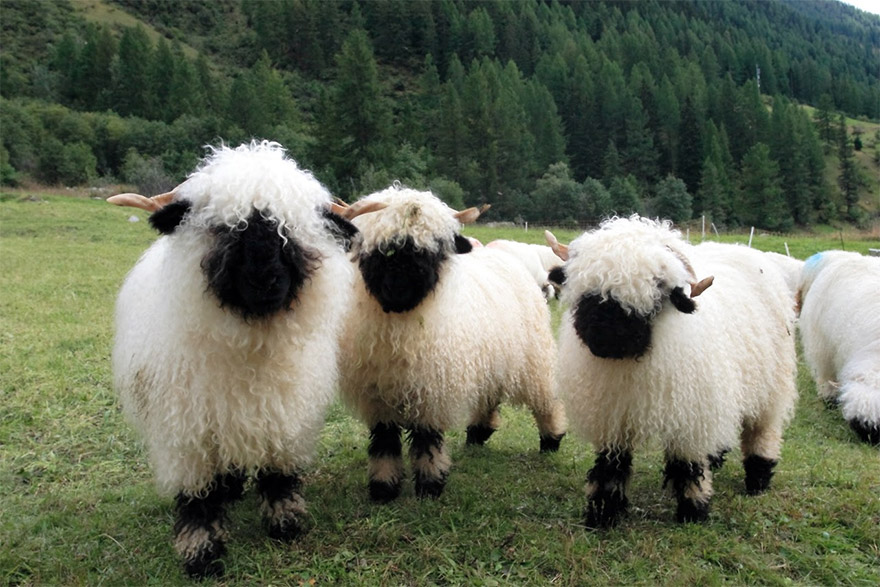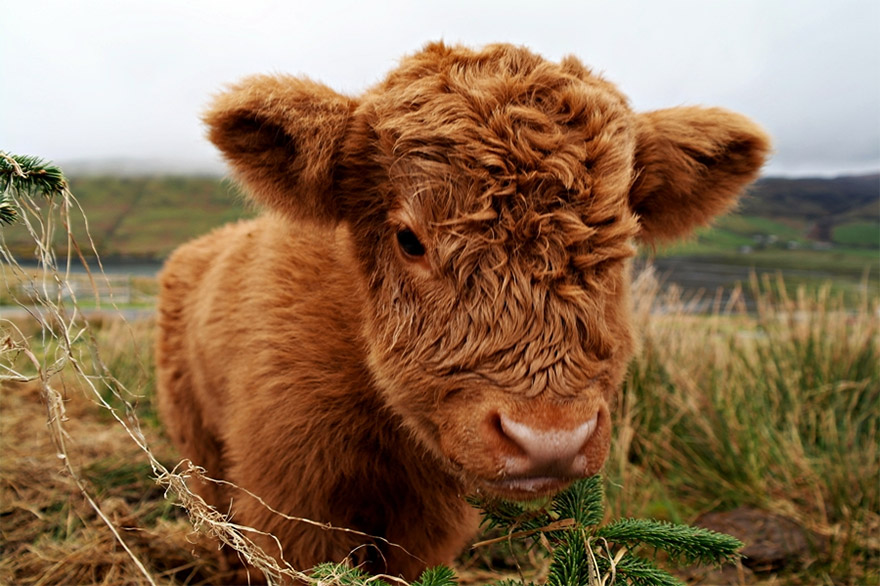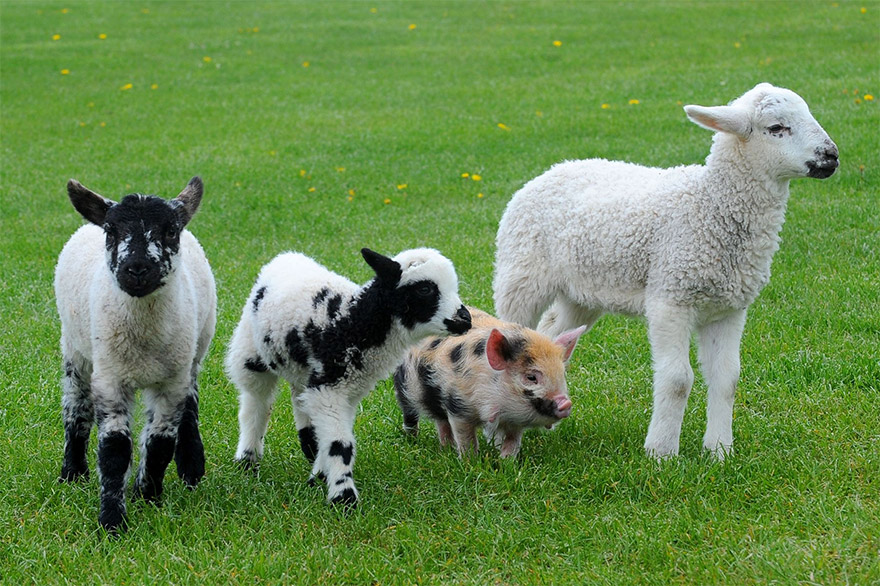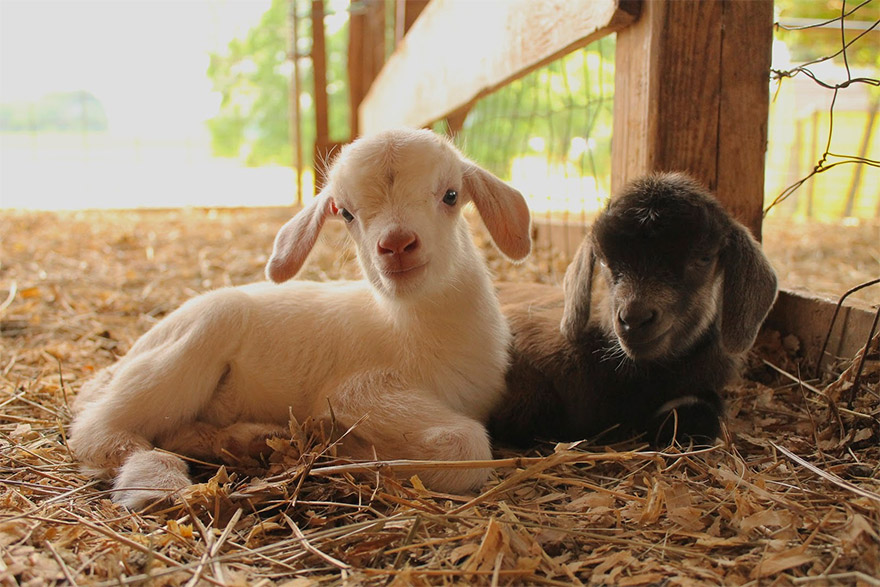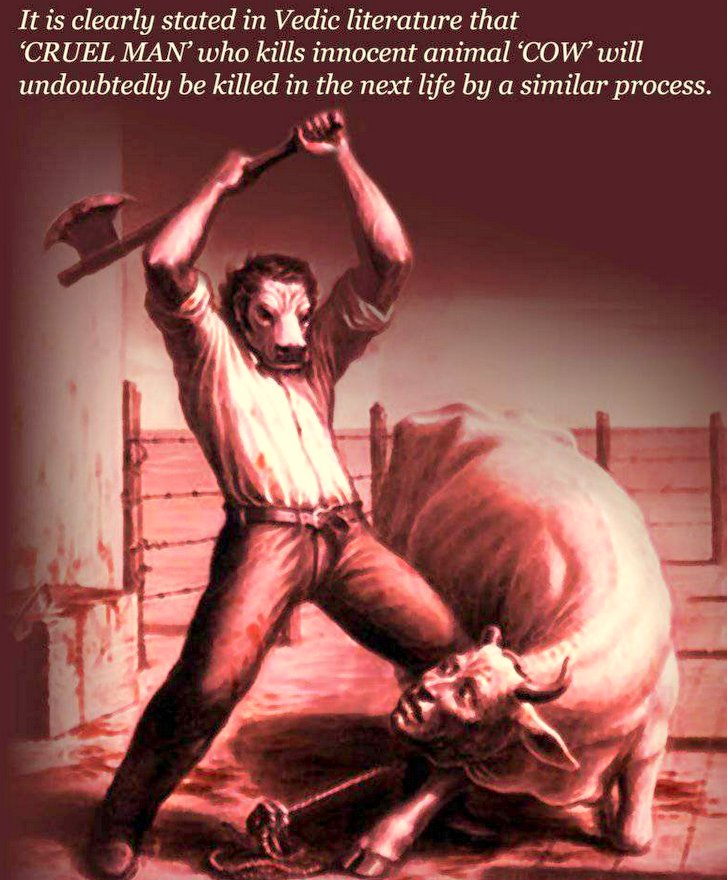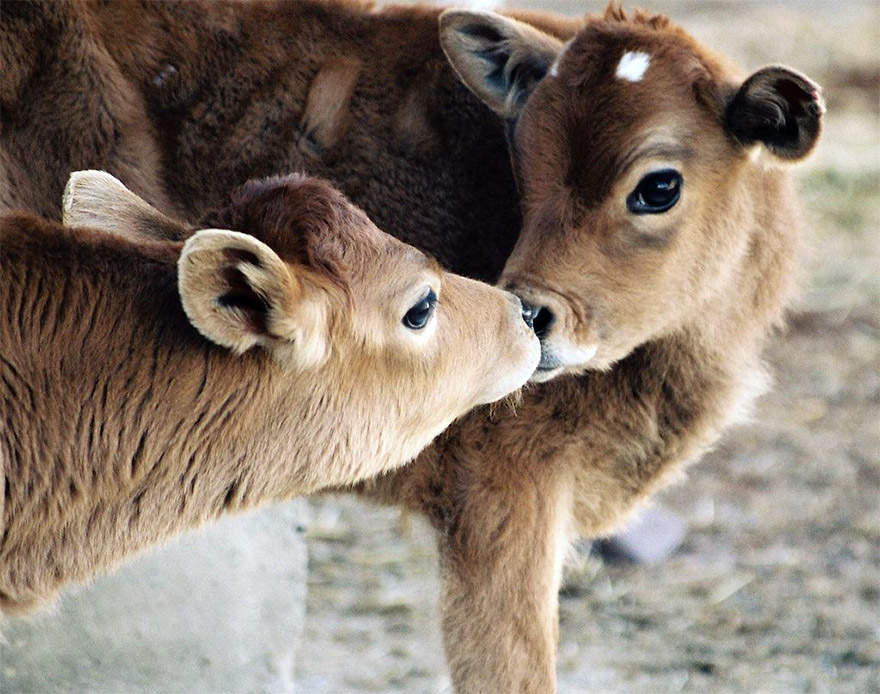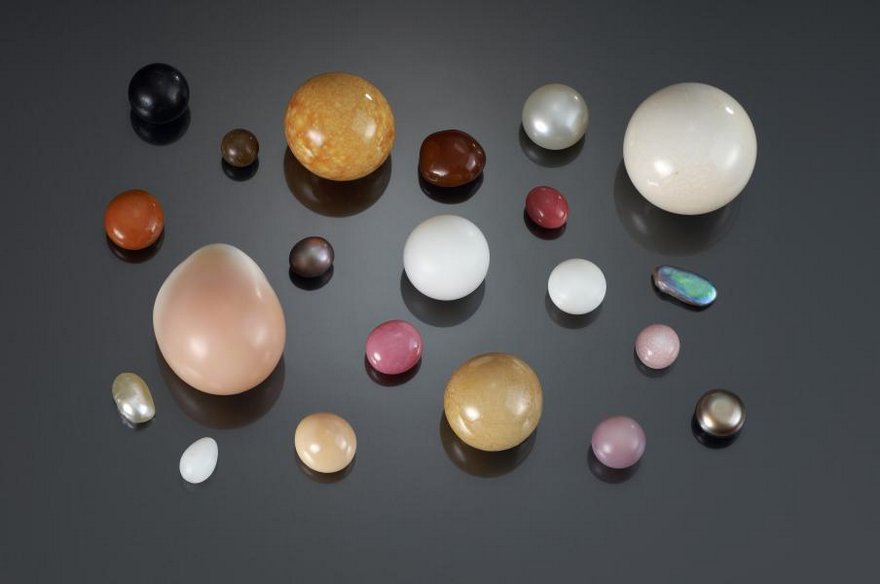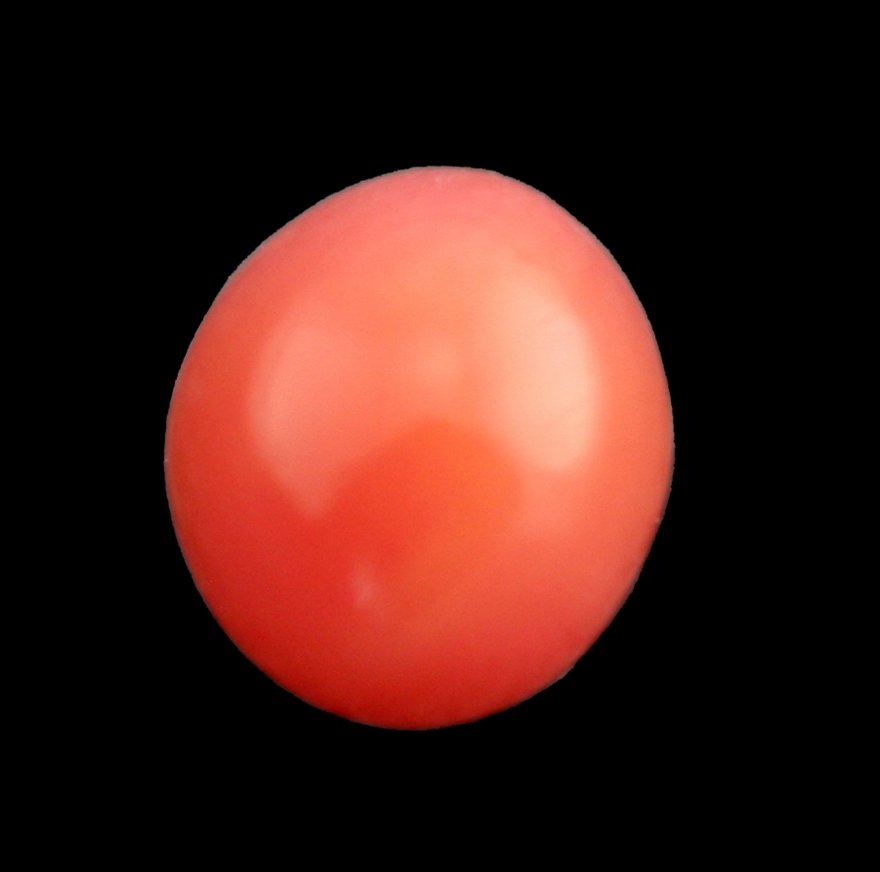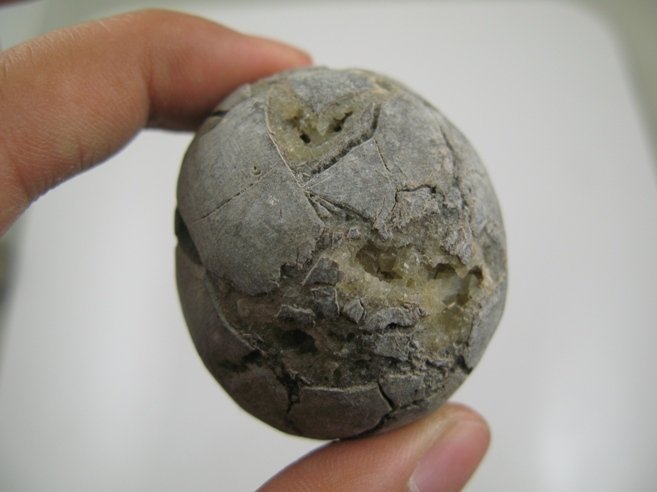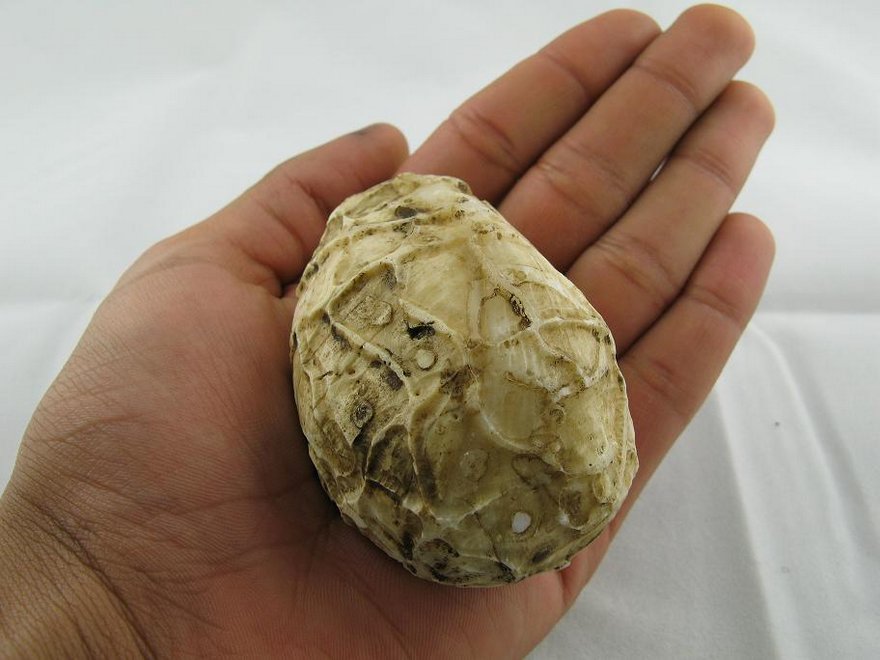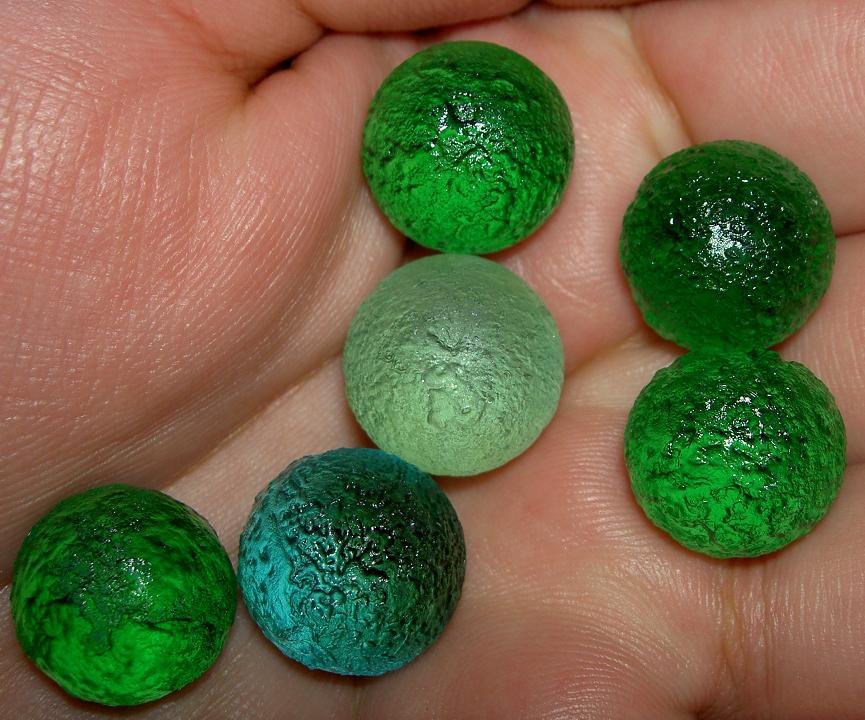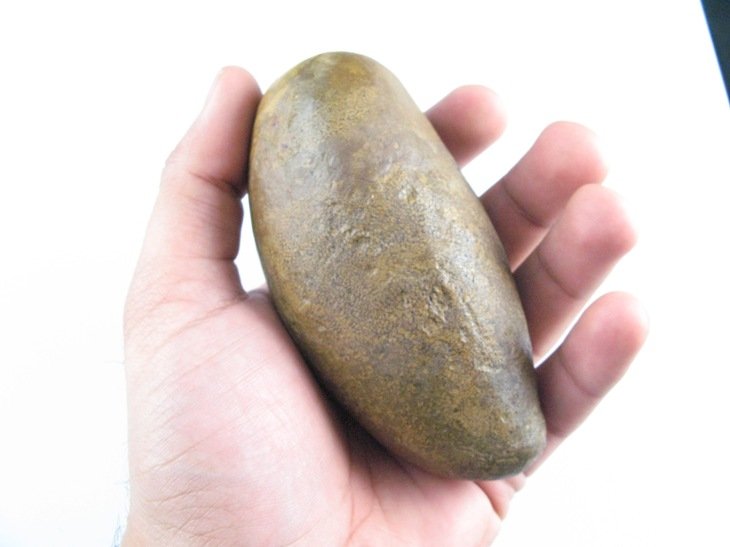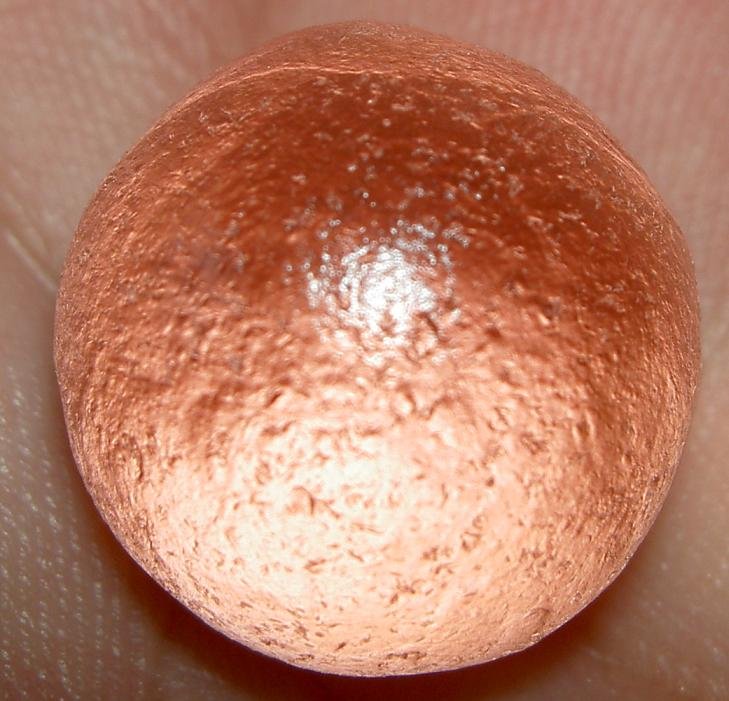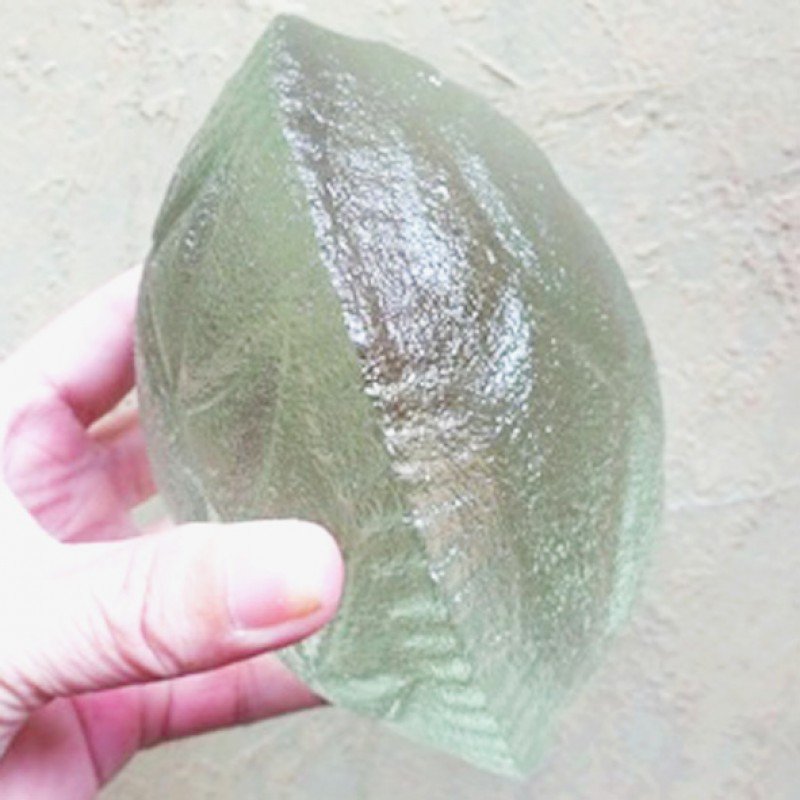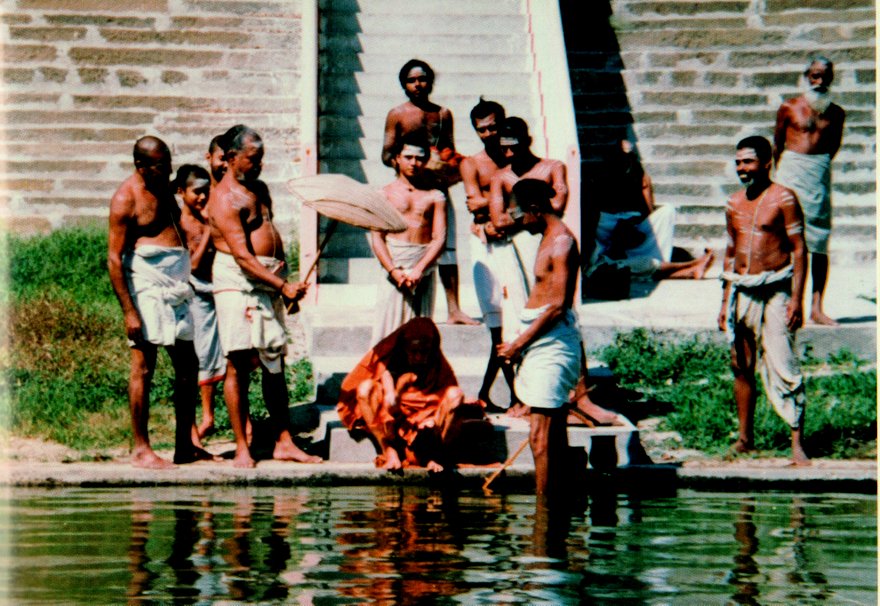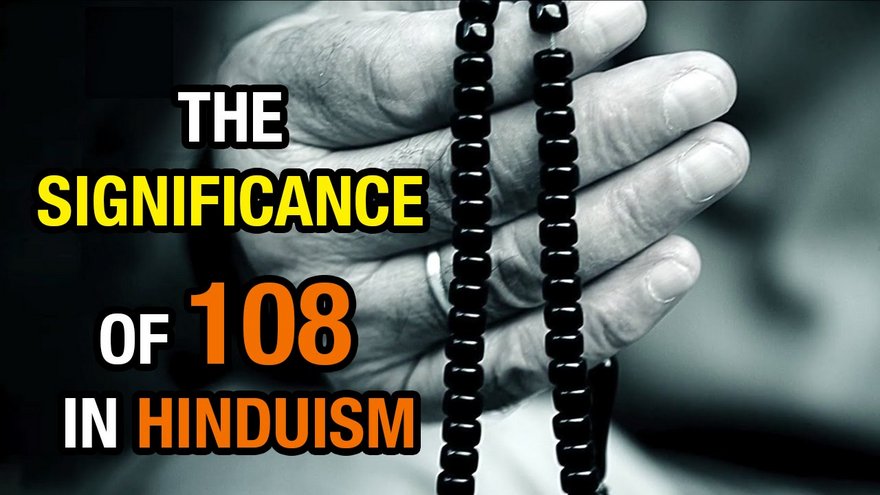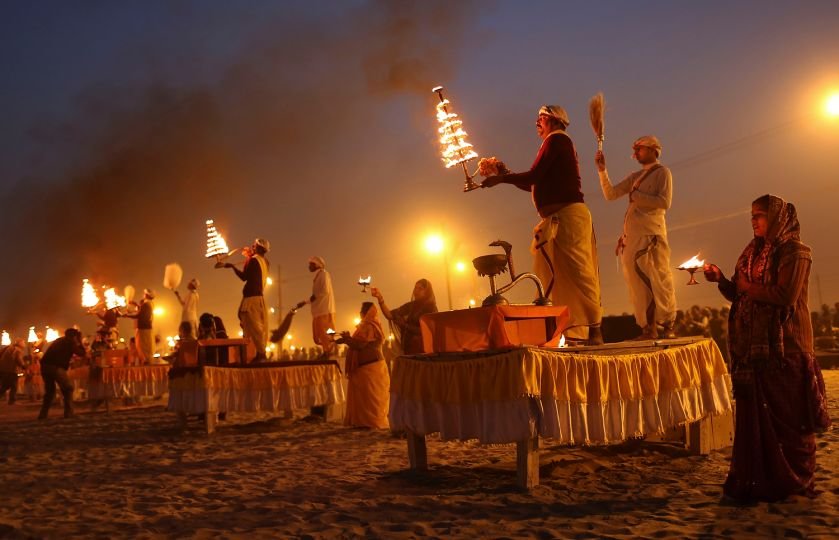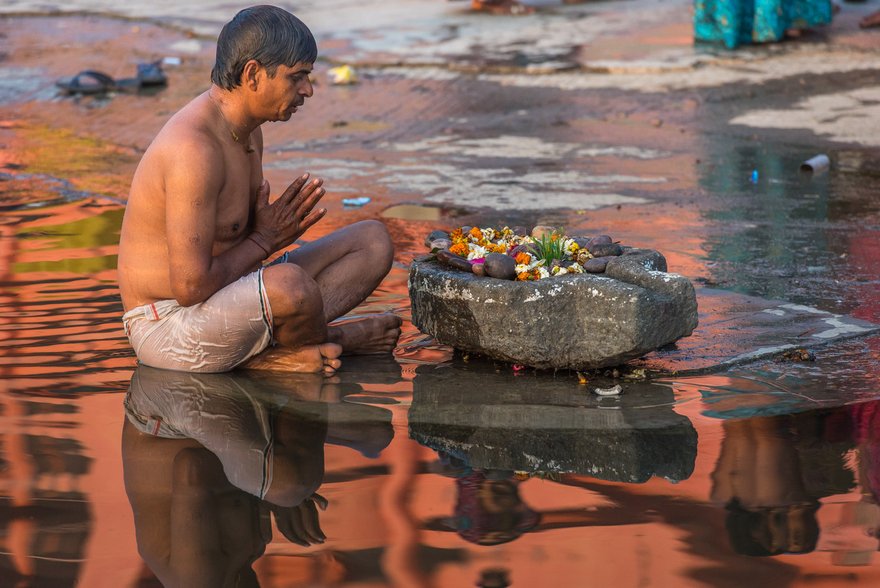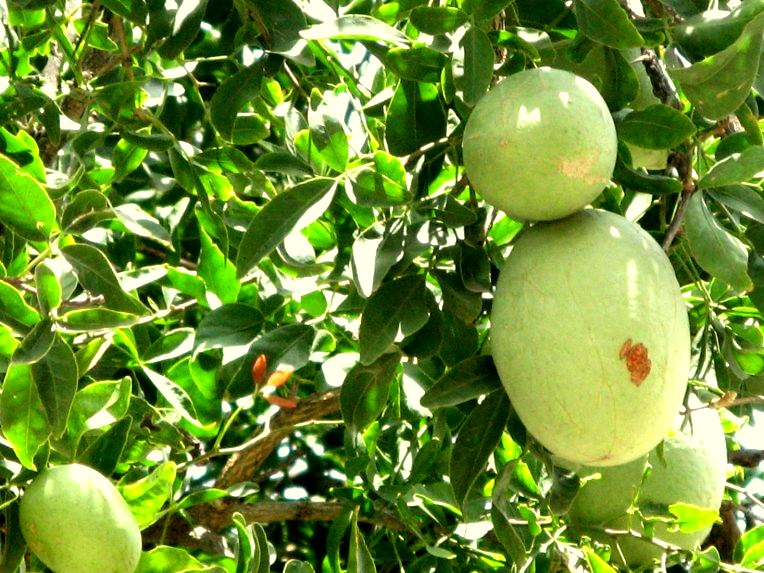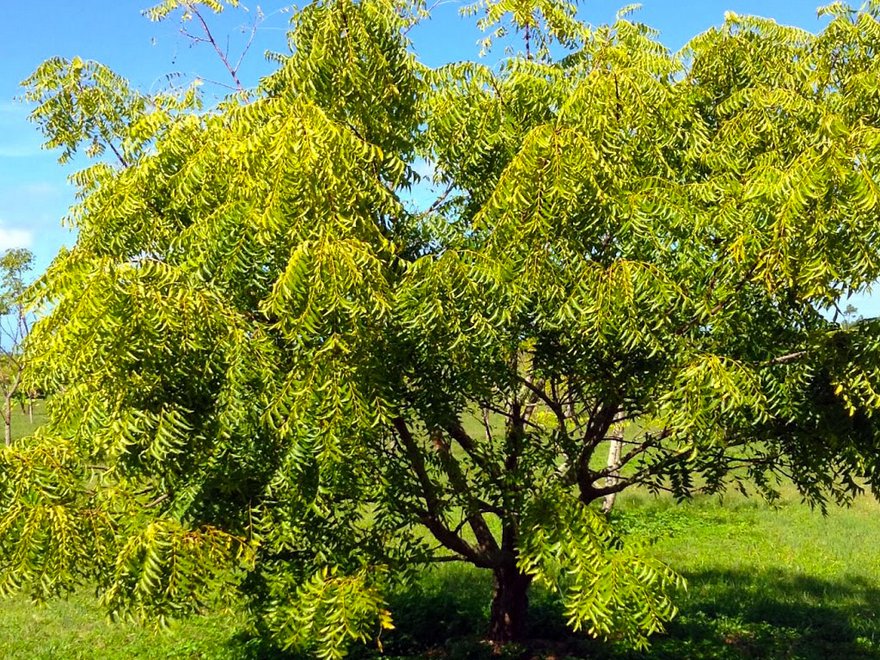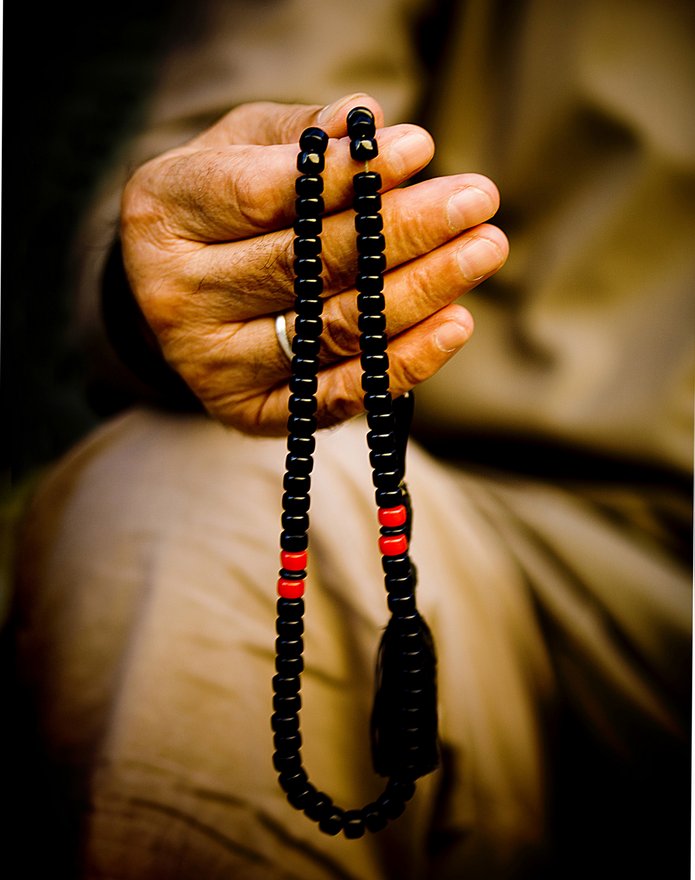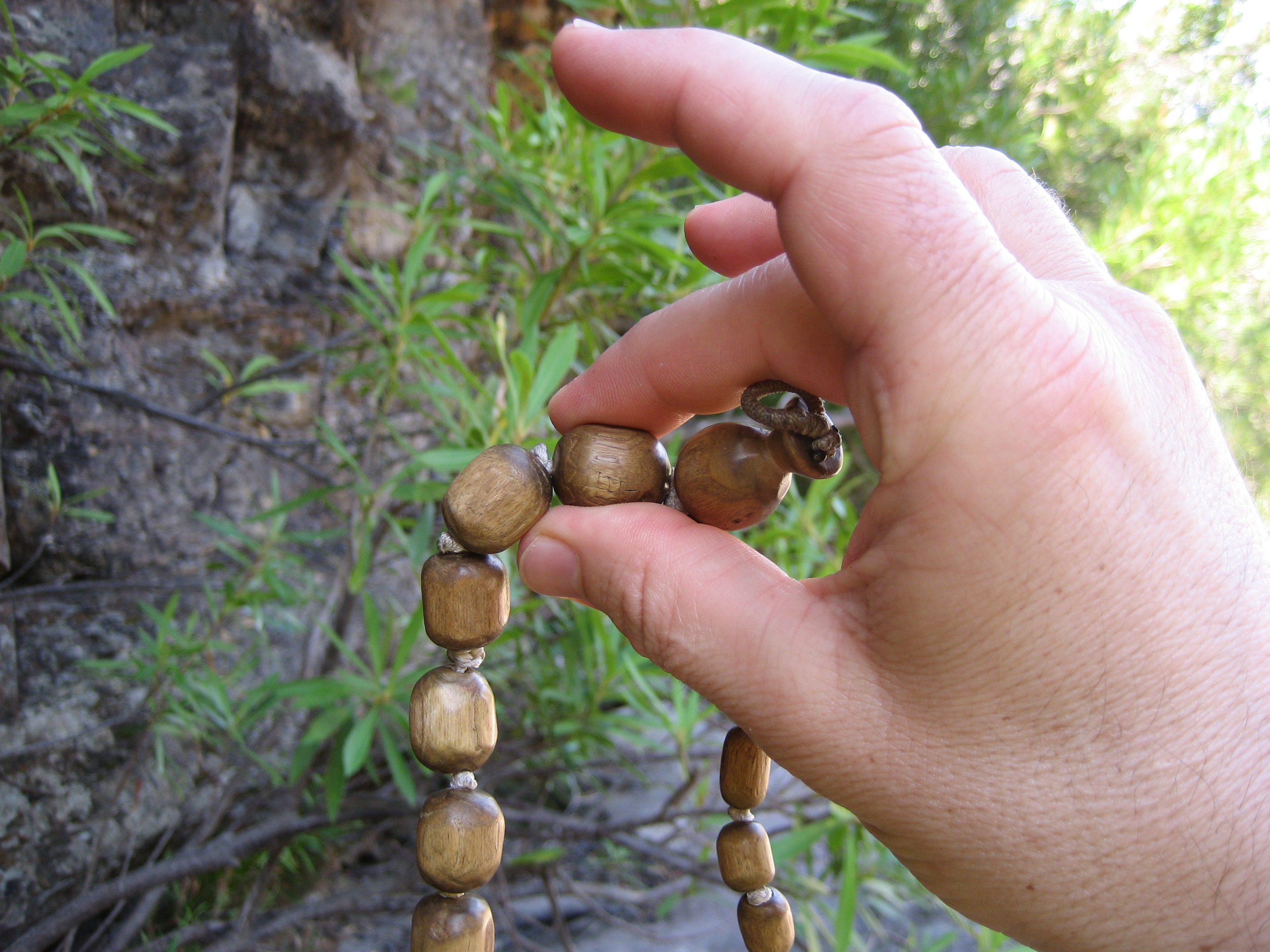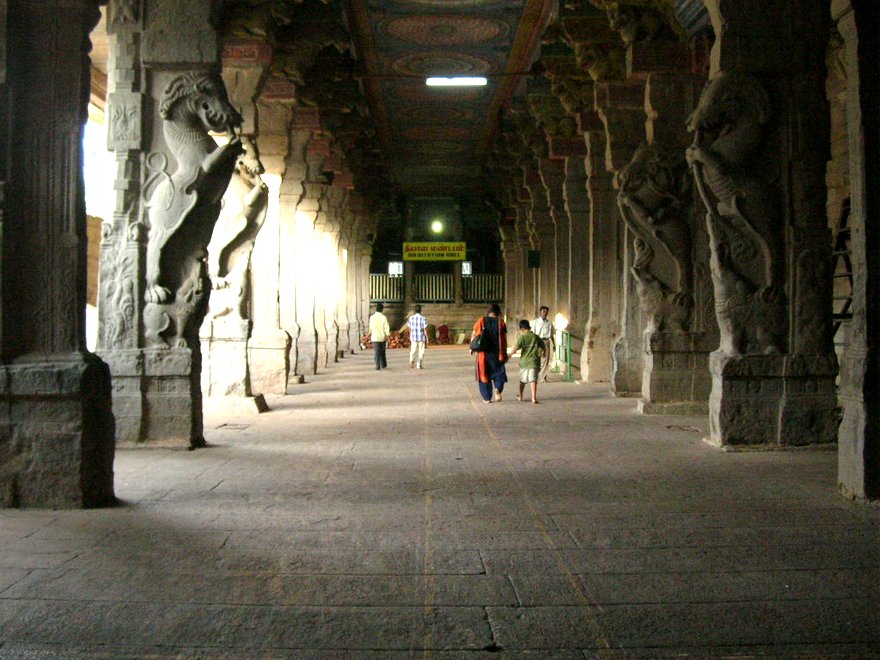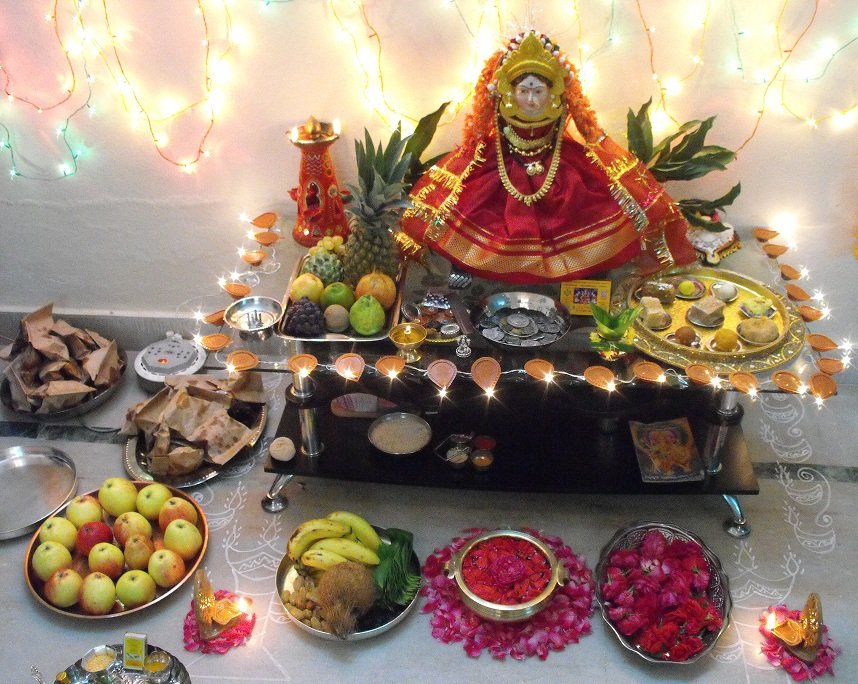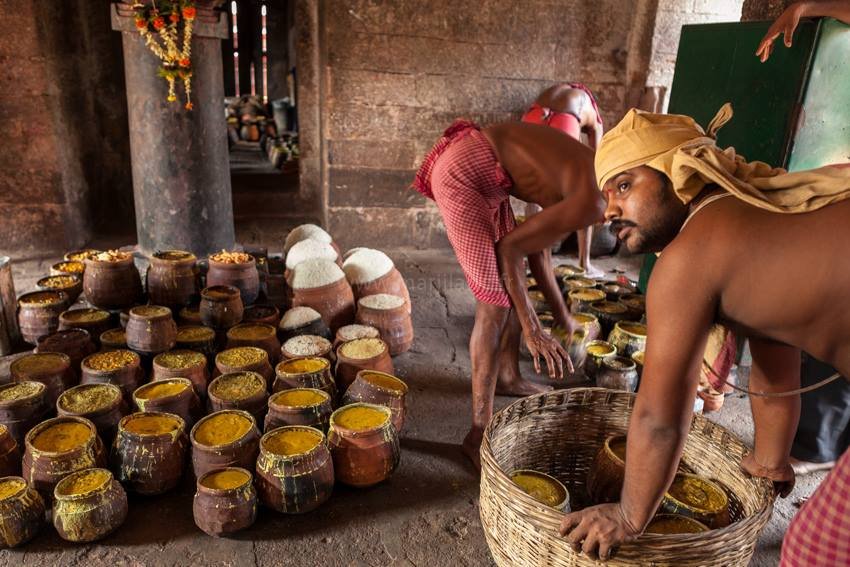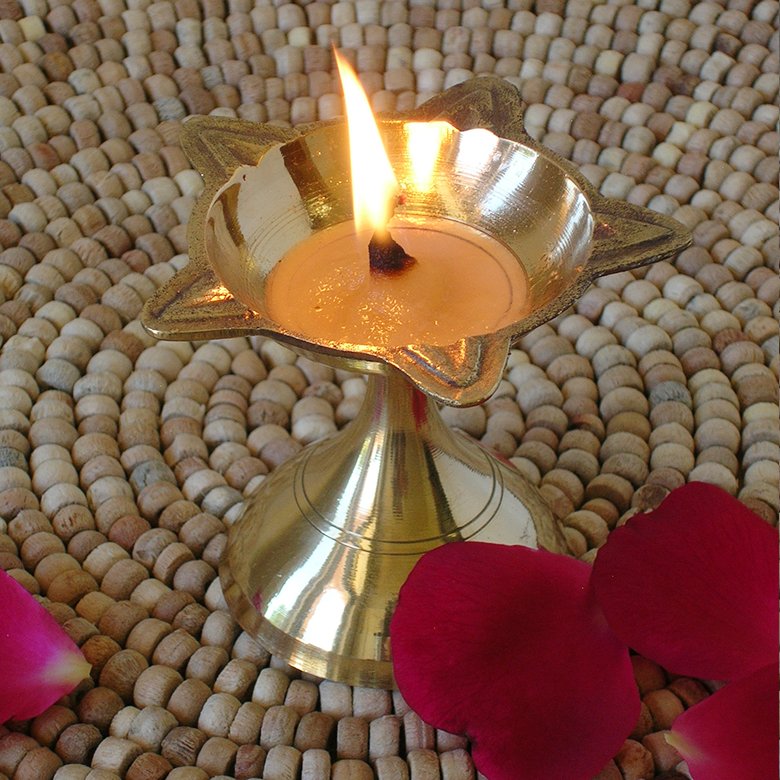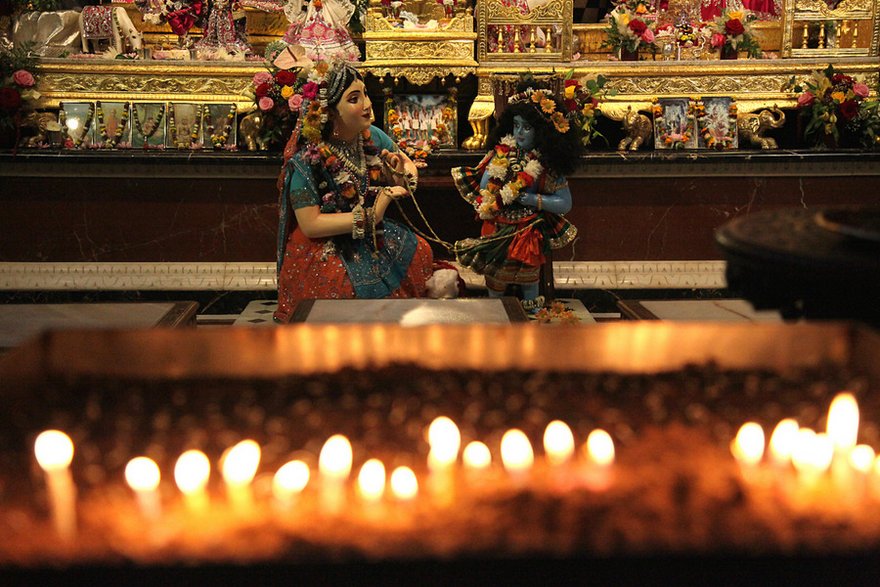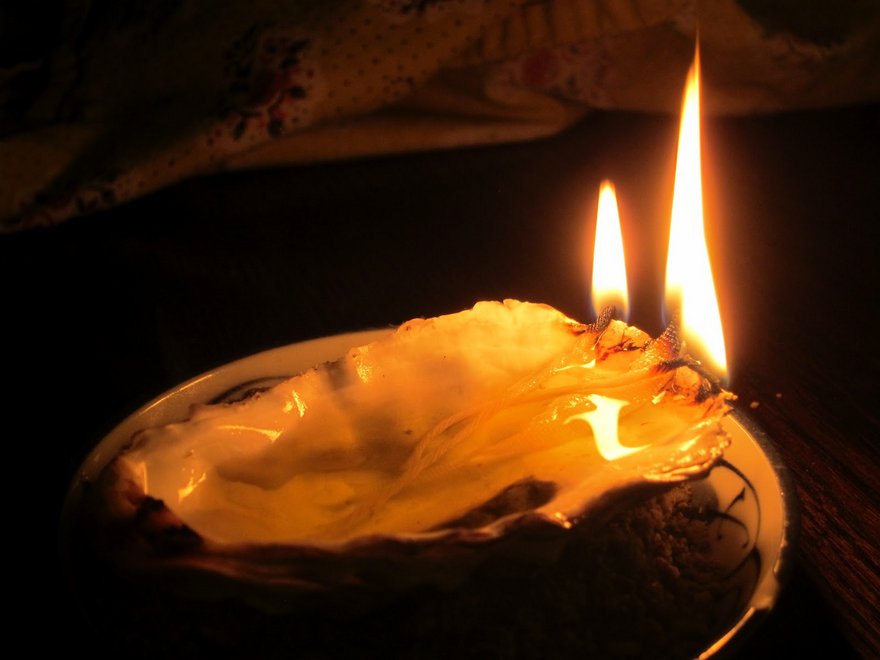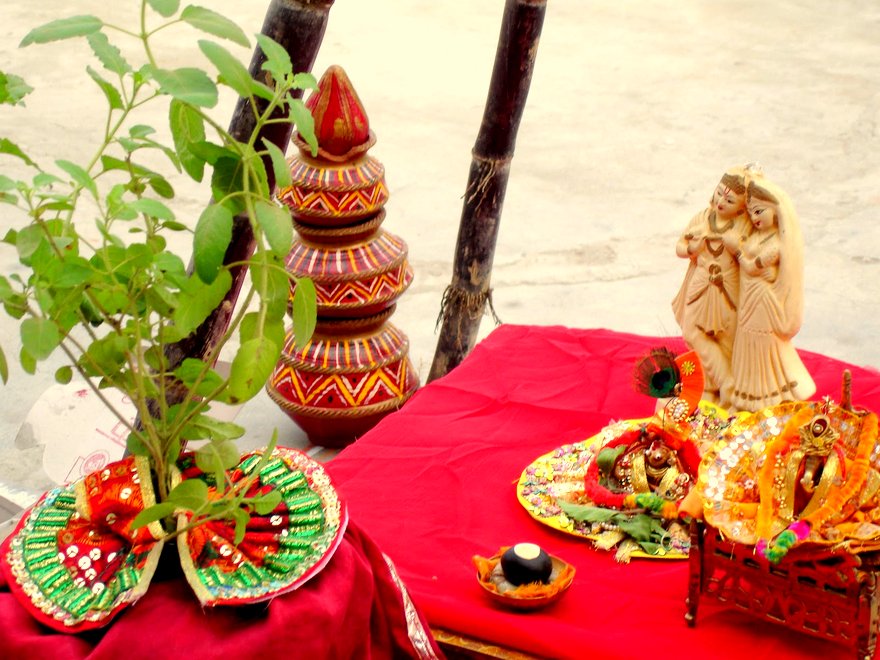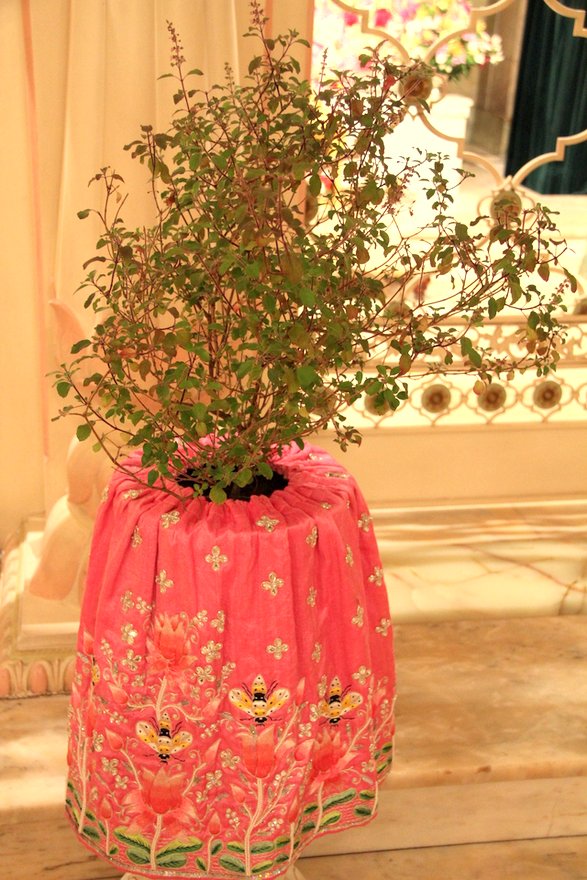![naraka1]()
Sins are committed in three ways – Manasaa – with the mind, Vaachaa – with words, Kaayena – with the body.
The manasika paapas are to think about taking away another’s property, to think about performing bad deeds and not to believe in paraloka or life after death. The vaachika paapaas are cruel and harsh words, telling lies, gossip mongering and blabbering.The Shaareerika paapaas are Stealing, physical violence and relationship with another’s wife.
The results of maanasika paapas are suffered by the mind, those of vaachika paapaas by word and those of kaayika paapaas with the body. One who performs serious kaayika paapas will be reborn as immovables such as trees, those performing vaachika paapaas as birds and animals and those performing serious shaareerika paapaas will be reborn as chandala.
![naraka5]()
The results of these paapaas are experienced either in the present birth, in paraloka or future birth, or some now and some later. All the sinners spend time in various hells for various durations depending on the intensity of the sin and take rebirth as plants and trees, birds and animals, yonis such as pisachas or humans. In the human birth there will be signs such as deformities or diseases as reminders of past sin. If suitable prayaschittas are not performed, these will continue birth after birth. In case of mahapatakas the signs will remain for 7 rebirths, for upapatakas 5 and for other sins 3.
The prayaschittas are in the form worship of gods and daanam. In prayascchitta, the word praya means penance and chittam means determination no to repeat it. The realization that a sin has been committed, a strong determination that it will not be repeated and observing penance for it, these three steps comprise prayschitta.
The smritis classify sins into Mahapatakas, Upapatakas and also Jathibhramshakaras, Samkareekaranas, Apatreekaranas and Ashudhikaras.
The Mahapatakas (Great Sins) Are Five in Number:
![naraka-08]()
1.Brahmahatya – killing of brahmin.
The equivalent sins are lying about one’s varna, giving false information causing somebody to be punished, false accusation against Guru.
2.Surapanam – drinking alcohol.
The equivalent sins are to talk bad about vedas and also to forget the veda learned, being false witness, killing of friend, eating what is forbidden and at forbidden time.
3.Steyam – stealing from brahmin.
The equivalent sins are stealing of treasure, children and women, horse, silver, land, diamond and jewels.
4.Gurutalpagamanam – maithuna with the Guru’s wife.
The equivalent sins are maithuna with sister, daughter, daughter-in-law, friend’s wife and forbidden women
5. Tatsamsarga – to interact with one who has committed the above sins
The upapatakas (sub – sins)
![Naraka]()
1. Killing of cow.
2.Performing yajna for the forbidden cast
3. Having illicit relation with somebody else’s wife
4. Selling or pledging oneself
5. Not taking care of guru and parents
6. Relinquishing vedic study
7. Not performing the agni rituals
8. Not taking care of the son
9.Younger brother marrying before the elder
10.To speak ill about the chastity of a girl
11. To make living out of lending money
12.To break vows
13.Selling of lake, garden, wife and son
14.Non performance of upanayanam at the proper time
15. Not helping one’s relatives
16. Teaching for salary
17.Learning of vedas and sastras by paying fee (not gurudakshina)
18.Selling prohibited materials
19.Indiscriminate mining
20.Buiding dam etc.
21.Destroying trees and plants
22.Running brothel
23.Black magic
24. Cutting tree for fuel
25. Cooking only for oneself
26.Eating forbidden food
27.Not performiong agnihotra
28. Theft
29.Not repaying debt (deva,pitru and manushya)
30.Learning subjects that are against veda and smrutis.
31.Acting and dancing to entertain others.
32.Having relation with a woman who consumes alcohol
33.Killing
34.Lack of belief in life after death
Jathibhramshakaras
![Naraka]()
35. Harassing brahmins
36. Smelling forbidden items such as alcohol
37.Wickedness
38. Homosexuality
Samkareekaranas
39. Killing of donkey, horse,camel,deer, elephant, sheep, fish, snake and buffalo
![Naraka]()
Apatreekaranas
40. Receiving money from evil people
41.Commerce ( not for vaisyas )
42. Serving the lowly
43.Dishonesty
Ashudhikaras
![Naraka]()
44.Killing insects, worms, birds
45. Eating whatever has been brought with alcohol
46. Theft of flowers, fruits, firewood
47. Cowardice.
One who commits brahmahatya after suffering in hell will be reborn as dog,pig,donkey, camel,cow,goat,deer,bird, chandala.
One who drinks alcohol after spending time in hell will be reborn as insect, worm, those birds feeding on excretion or tiger like animals.
One who steals gold will be reborn as spider, crocodile, snake or will go into pishaacha yoni.
One who engages in maithuna with gurupatni, after suffering in hell will be reborn as grass, creeper, bush, flesh eating animals and birds like vulture or cruel animals such as tiger.
One who takes life of animals, birds (life in any form) will be reborn as flesh eating animal or bird.
One who eats forbidden food will take rebirth as insect or worm.
Thieves in the next birth will be killing and eating each other.
Those maintain contact with the forbidden or enter itno illicit relationship with a married woman will remain as pretas and will not attain salvation.
One who steals brahmins property ( if he himself is a brahmin ) will become a brahmarakshasa.
One who steals grains will take birth as rat.
One who steals bronze will be reborn as swan.
One who steals water will take birth as bird.
One who steals honey will be born as jungle fly.
![Naraka]()
Stealing of milk will result in being reborn as a crow.
One who steals juice will take birth as dog.
One who steals ghee will take birth as mongoose.
One who steals meat will be reborn as vulture
One who steals amimal fat will take birth as sea crow
One who steals oil will take birth as bat.
One who steals salt will be reborn as cheekhika (?)
One who steals curds will take birth as crain
One who steals silk will take birth as a bird called Tithiri.
One who steals white silk or clothes made of jute will take birth as frog
One who steals cotton clothes will take birth as bird called krouncha
One who steals cow will take birth as monitor lizard
One who steals jaggery will take birth as a bird called vaagguda
One who steals perfumes will take birth as civet
One who steals edible leaves and vegetables will take birth as peacock
One who steals cooked and uncooked food will take birth as porcupine
One who steals fire will take birth as crain
One who steals domestic tools will take birth as an insect called gruhakaari.
One who steals dyed clothes will take birth as chakora bird.
One who steals elephant will be reborn as fox
One who steals horse will take birth as tiger
One who steals fruits and tubers will take birth as monkey
One who abducts woman will be reborn as bear
One who steals water will be reborn as hombill
One who steals vehicle will be reborn as camel
One who steals any other kind of animal will take birth as goat
![Naraka]()
A brahmin who leaves his own prescribed duties will become a preta called ulkamukha
A kshatriya who abandons his prescibed duties will become a preta called katapootana which feeds on excreta.
A Vaishya who leaves his prescribed duties will become a preta called maitakshajyotik which feeds on puss.
A sudra who takes up some other task than the prescribed ones will become a preta called chailashaka.
After spending long time as preta, when they take rebirth they become servants of their enemies.
One who disrespects his teacher will be a dog in the next 100 lives and therafter will be born as a chandala.
One who conducts himself in a sattvik manner will take birth in devayonis. One who is rajasic in nature will be born again as human and tamasic ones will take birth as birds and animals.
One who performs sins and does not perform peance for it will go to hell and thereafter when takes rebirth will exhibit signs in his physique such as deformities and diseases and also other forms of suffering. These are reminders of past sin and prompts for performing prayaschitta.
One who steals hidden treasures will be childless in the next birth.
One who steals gems will suffer extreme poverty.
One who takes part in a feast uninvited will take birth as crow.
One who gets into unnecessary arguments will be reborn as cat.
One who imparts forbidden knowledge to women will have bad odour in the mouth.
One who teaches veda by taking remuneration ( different from guru dakshina ) will be reborn as fox.
One who abducts women of royal class will take birth as donkey.
One who overprices food will be reborn as tortoise.
An atheist will be reborn as spider or will make a living by entertaining others.
One who is thankless about favours received will be reborn as spider.
![naraka2]() One who does not help the needy will become brahmarakshasa.
One who does not help the needy will become brahmarakshasa.
One who sells forbidden materials will become brahmarakhasa.
One who steals land will become worms and spend long time amidst the excreta of dogs together with his pitrus for seven
generations. He will be tied up with varuna pasha and will be reborn as bird or animal.
One who steals cow, gold or land will spend time in hell till pralaya and any punya that he has gained will be lost.
One who obstructs free movement of cows or destroys cremation ground will spend time in hell till pralaya.
One who kills cow goes to hell called kaalasootra and on rebirth will be genderless for 7 birth and will also suffer from leprosy.
One who kills cow will be born blind.
One who beats up his guru will suffer from epilepsy in the next birth.
One who sells defective cows and horses ( such as those with one hoof) will be reborn as tiger.
One who depends on the forbidden for a living will be a servant or washerman in his next birth.
One who harasses brahmins or argues for or supports thieves will be genderless in the next birth.
One who undertakes wrong path will suffer from a disease called gandamaala in the next birth.
One who engages in maithuna with woman of same gotra will suffer from elephentiasis in the next birth.
One who performs yajna for the forbidden will be reborn as chandala.
One who takes money for performing yajna and does not use it entirely for the purpose will take birth again and agin as crow for 100 years
![Naraka3]()
One who steals God’s or brahmin’s property will live amidst donkey dung after death for a long time.
One who steals gold will be reborn with crooked nails.
One who drinks alcohol will be reborn with black teeth.
One who kills a brahmin will suffer from tuberculosis or leprosy (Galitkushta) or leucoderma.
One who engages in maithuna with gurupatni will become lame in subsequent birth and will suffer from skin diseases.
The gossip monger will emante foul smell from his nose in the next birth.
One who talks ill of others will have foul smell in the mouth in the next birth.
One who steals grains will be handicapped in the future birth.
One who performs adulteration in grains, milk etc. will have excess organ such finger.
One who steals food will suffer from chronic indigestion.
One who steals knowledge or engages in unauthorised learning will become dumb in the future birth.
One who steals clothes will suffer skin disease called Shvitra
One who steals horse will be lame
One who steals lamp will be blind in the next birth.
One who extinguishes lamp and fire(agni) improperly will be blind in one eye.
One who is cruel towards fellow beings will suffer various ailments
One who engages in illicit relationship wtih another’s wife will suffer from obesity.
One who kills or harasses his father will suffer from congenital nervous disorders such as birth paralysis or cerebral palsy
Killing or harassing one’s mother will result in being reborn blind.
Killing or harassing one’s sister or or killing of crow will result in being reboen deaf.
One who harasses or kills his brother will become dumb.
Killing or harassing children or stealing gemstones of a brahmin will cause inpotence or death of childre.e impotence
Killing or harassing of women will cause chronic dysentry in the future birth.
One who kills a person of authority will suffer from tuberculosis in the next birth..
One who kills a vaishya will suffer from blood cancer
![Naraka4]() Killing someone from the servant class will result in a k ind of rheumatism called apatanaka where limbs become stiff.
Killing someone from the servant class will result in a k ind of rheumatism called apatanaka where limbs become stiff.
One who kills craftsmen will suffer from dryness of the body
One who kills an elephant will meet with obstacles in everything
Killing of camel or parrot will lead to lead to speech defects such as stammering
One who kills a horse will be reborn with an ugly and crooked face
One who kills a buffalo will suffer from a disease called krishna gulma
Killing of donkey will lead to having hair like donkey in the next birth.
Killing of deer called tarakshu will cause squint in the eyes in the next birth.
One who kills a pig will have unusually broad teeth
One who kills a deer will be reborn lame.
Killing of fox will lead to rebirth without foot
One who kills a goat will be reborn with excessive organs.
One who kills a goat called urabhra will suffer from pandu roga.
Killing of cat will lead to yellow eyes in the next birth.
Killing of crane will lead to extraordinarily long nose.
Drinking of alcohol will lead to rebirth with black teeth or raktapitta (haemorrage/urticaria)
Eating forbidden food, those touched women during menstraution and also by lowly class will result in chronic worm trouble in the next birth.
One who does not feed others even when he has resources will suffer from Indigestion ( mandagni) in the future birth.
Poisoning someone will lead to chronic vomiting in the next birth.
Blocking or closing pathways or roads will result in foot diseases
A gossip monger in his fuure birth will have chrinic respiratory ailments.
A spendthrift will suffer from epilepsy
A tormentor of fellow beings will suffer from shoola roga in the future birth.
One who has set fire to a jungle will suffer from chronic rakataisara (dysentry with blood)
Defacating or urinating in holy places or water will lead to suffering from fistula or piles
Causing abortion will lead to liver and spleen diseases and jalodara.
One who has broken statues(holy) will be fickle minded and indecisive in the future birth.
One who is rude in his speech will be handicapped in the next birth.
One who teases and talks ill of others will be bald in the next birth.
One who mocks others will be single eyed in the next birth
One who wrongfully takes side will suffer from paralysis.
One who steals brahmin’s wealth will end up destroying his own vamsha
Stealing of copper will lead to a kind of leprosy called udumbara.
Stealing of bronze will lead to kind of leprosy called pundareeka
One who steals brass will have yellow eyes in the next birth.
Stealing of pearl will result in yellow hair
Stealing of white lead or honey will result in eye diseases
Stealing of black lead will lead to cerebral diseases
Stealing of milk will result in suffering due to frequent urination
One who steals curd will be arrogant in the future birth.
One who steals sugar cane products wil suffer from a disease called udaragulma
One who steals iron will suffer from a disease called karbura
One who steals oil will suffer from chronic itching
One who steals raw rice will be reborn toothless
One who steals cooked rice will suffer from tongue disease
One who steals fruits will suffer from ulcer or frequent injuries to fingers
One who steals tamboola will have white lips in rebirth.
One who steals vegetables will have blue eyes when reborn.
Stealing of tubers will lead to being reborn with short hands
One who steals perfumes will have a foul smelling body in the future birth.
Stealing of wood will lead to being reborn with unusually thin hands
Stealing of books and knowledge will lead to being born dumb.
Stealing of clothes will lead to skin diseases.
Stealing of wool will result in rebirth with excessive hair in the body
Stealing of silk will lead to birth with insufficient hair.
One who steals medicine will suffer from migraine in the next birth.
One who steals red clothes and ruby will suffer from raktavata
Stealing of God’s properties will result in chronic fever.
Stealing in general will result in suffering from grahani roga
Maithuna with mother will result in penile diseases
Maithuna with forbidden women will lead to azoospermia and a kind of leprosy called mandalam.
Maithuna with gurupatni will lead to difficulty in urination (mootrakruccha)
Maithuna with daughter will result in suffering from raktakushta
Maithuna with sister will result in peetakushta
Maithuna with brother’s wife will result in skin disease called galatkushta
Maithuna with daughter in law will result in skin disease called krishnakushta
Maithuna with step mother will lead to kidney and bladder stones.
Maithuna with father’s sister will result in boils or ulcer on the right side of the body
Maithuna with maternal uncle’s wife will result in rebirth with hunch back
Maithuna with mother’s sister will cause boils or ulcer on the left side of the body
Maithuna with a widow will cause untimely death of wife in the next birth.
Maithuna with woman of the same gotra will cause suffering from fistula
Maithuna with deekshitastree ( woman under vow) will be reborn with red eyes.
Illicit relationship with a married woman of the same caste will result in heart ailments.
Maithuna with cow will lead to urinary diseases
Maithuna with horse will cause suffering from frozen shoulder ( bhuja stambha)
Source: ramaswamysastry.blogspot.in
The post Karma Vipaka: Sins and Their Results in Dharma Shastra appeared first on IndiaDivine.org.
